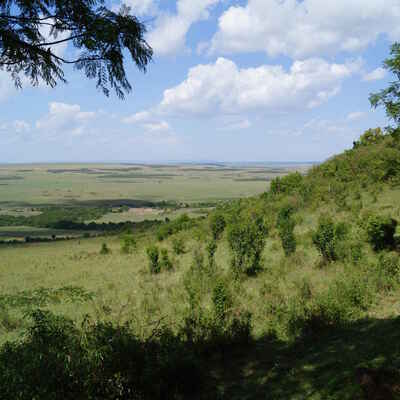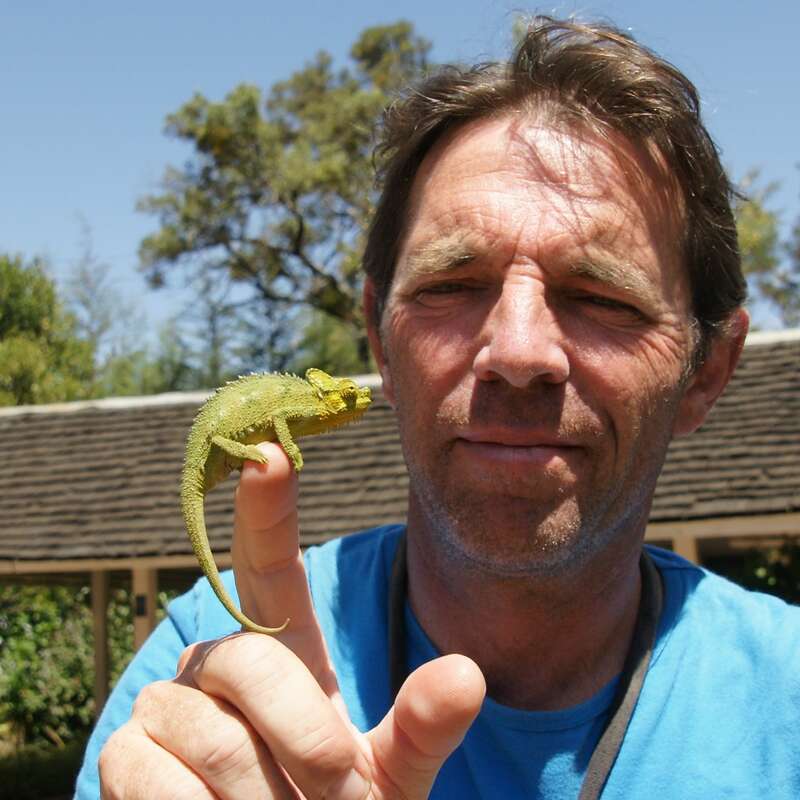About Mara Serena Safari Lodge
Located on Ol Donyo Oseiya hill, in the western ‘Mara Triangle’ sector of the Maasai Mara National Reserve, ...
... the 74-room Mara Serena Safari Lodge is one of the oldest and largest properties in the Mara ecosystem. Dating from 1973, this substantial hotel is part of the international Serena Hotels group whose largest shareholder is the Aga Khan Fund for Economic Development, and it has the full roster of hotel facilities.
With its dramatic location, commanding a view of the Mara River that provides, as Serena describes it “A Ringside Seat For The Greatest Show On Earth", the Mara Serena is a very popular and well-known base for Mara safaris. This is especially the case during the migration, when it can feel very busy and somewhat impersonal here. As expected, we found the driver-guides’ knowledge of the Triangle very proficient, the very small rooms comfortable and the meals reasonably good for a large, price-conscious lodge.
Our view
With its dramatic location, commanding a view of the Mara River that provides, as Serena describes it “A Ringside Seat For The Greatest Show On Earth", the Mara Serena is a very popular and well-known base for Mara safaris. This is especially the case during the migration, when it can feel very busy and somewhat impersonal here. As expected, we found the driver-guides’ knowledge of the Triangle very proficient, the very small rooms comfortable and the meals reasonably good for a large, price-conscious lodge.
Accommodation
74 rooms
Children
Best for 7+
Open
All year
Activities

4WD Safari

Birdwatching

Cultural excursion

Hot air ballooning

Private activities
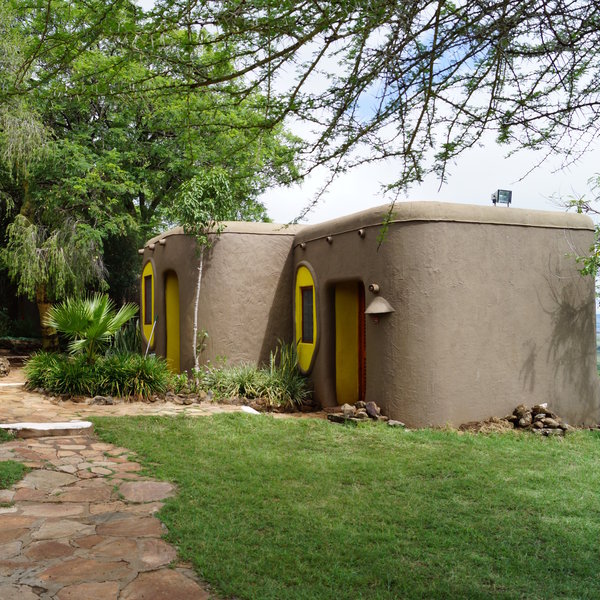
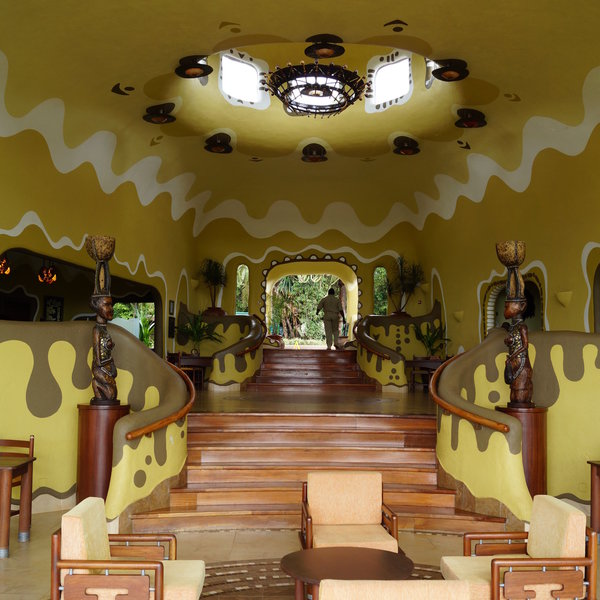
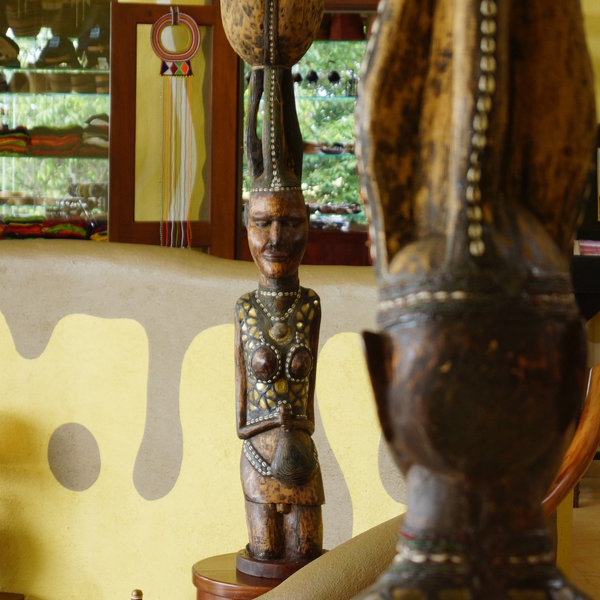
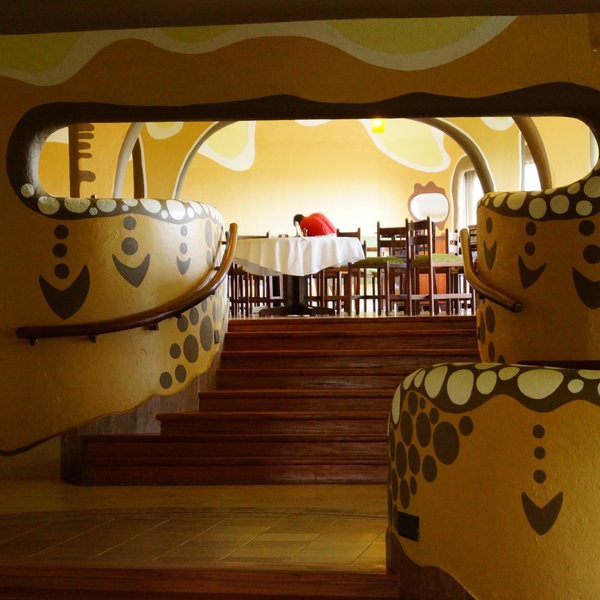
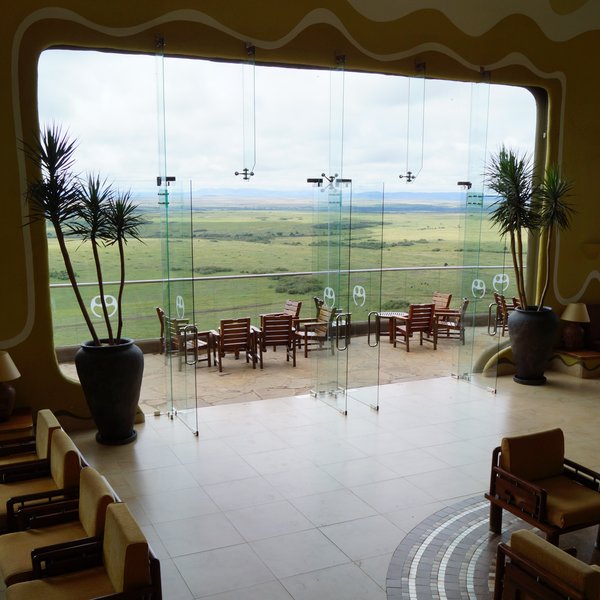
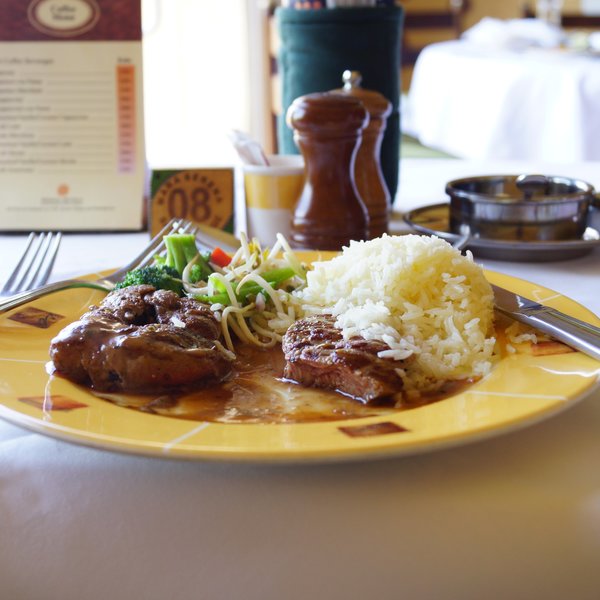
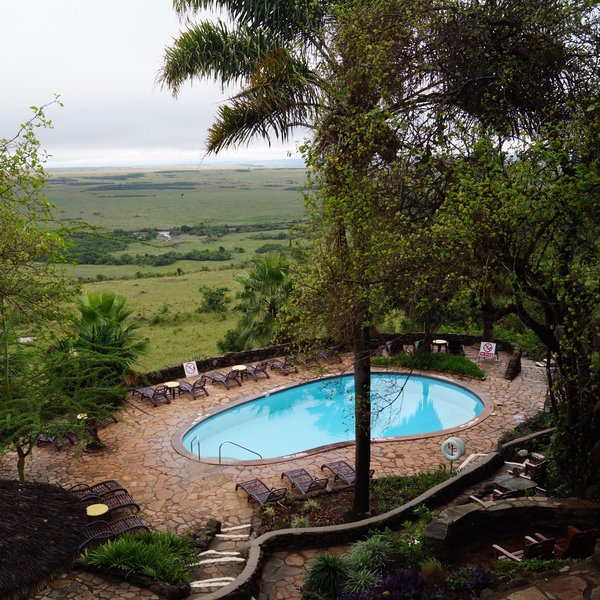
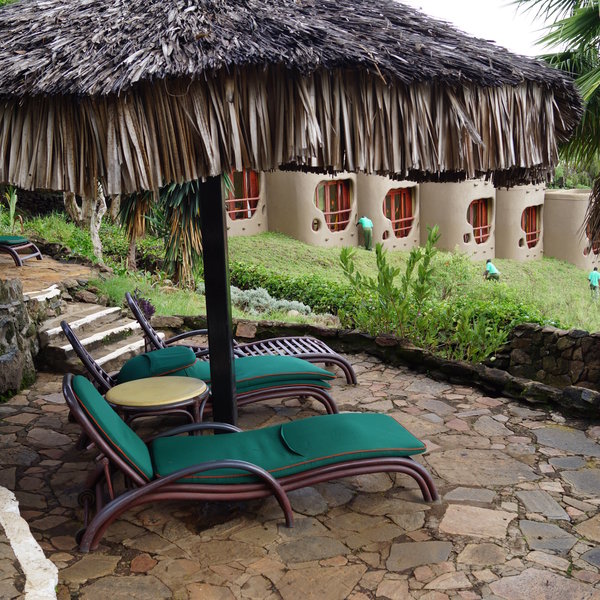
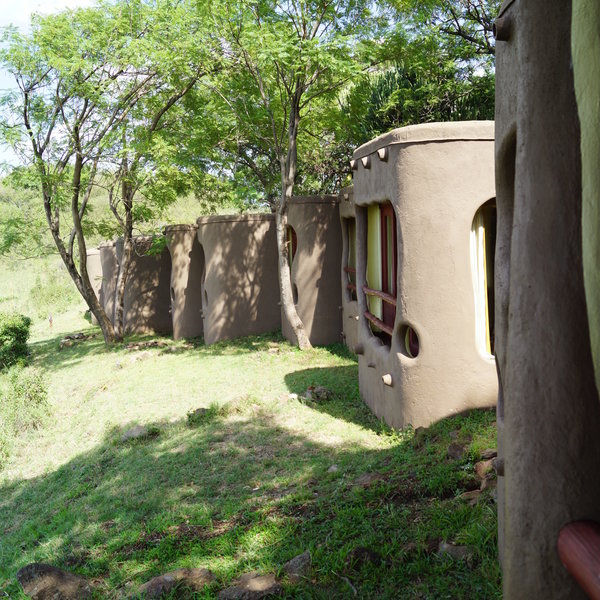
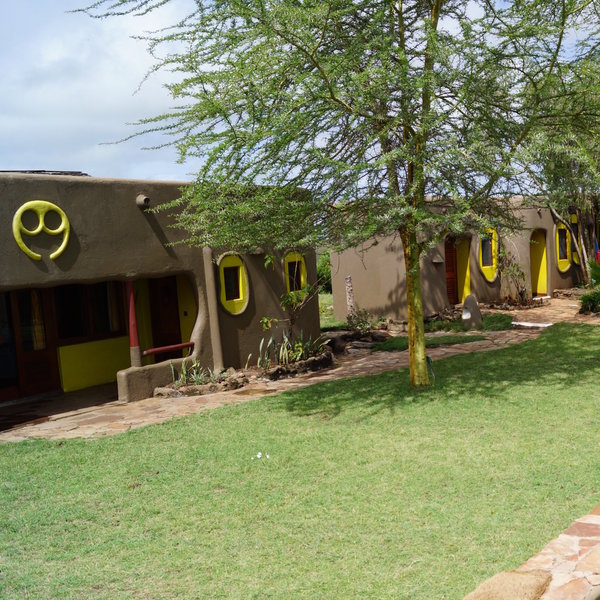
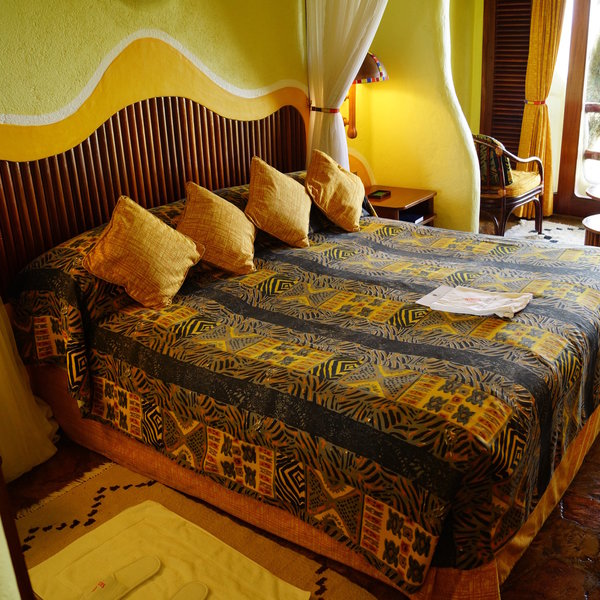
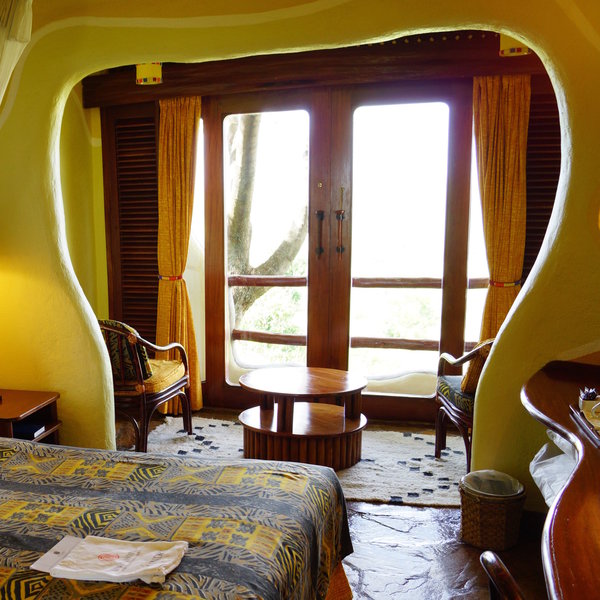
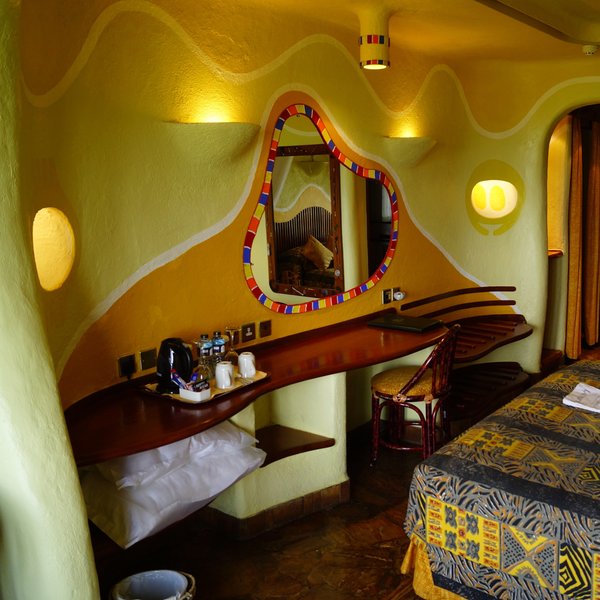
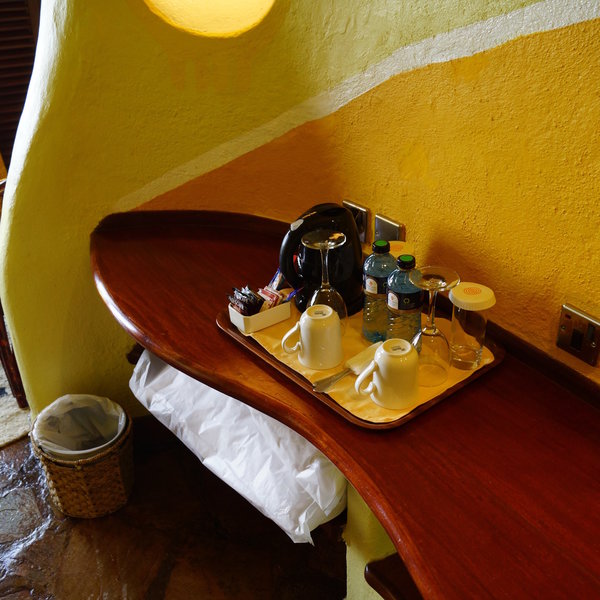
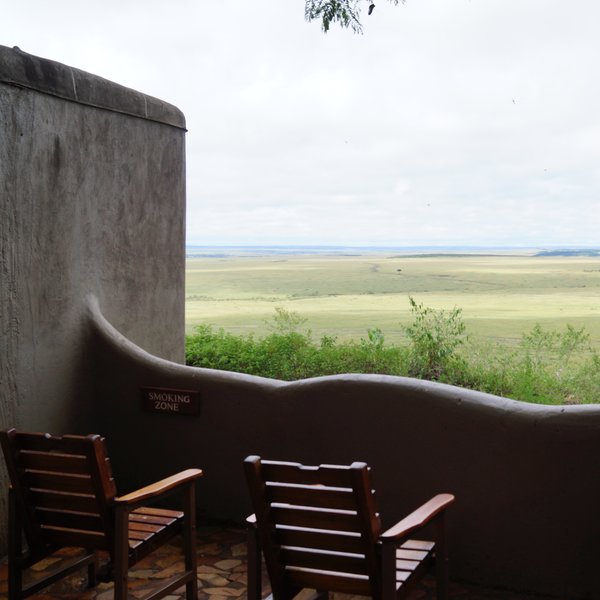
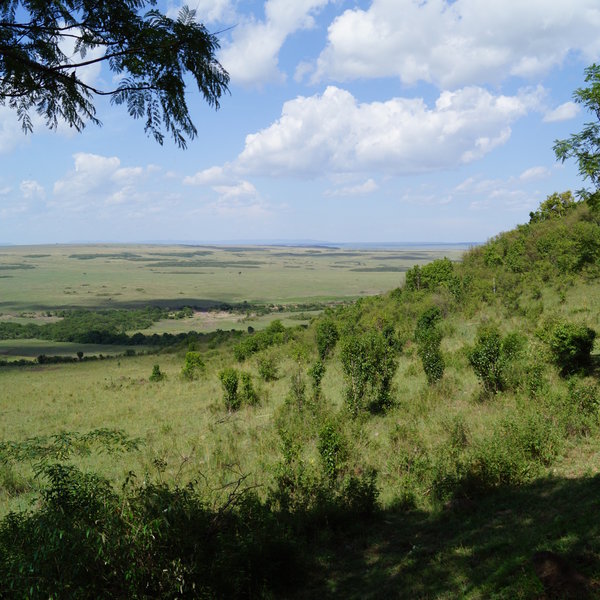
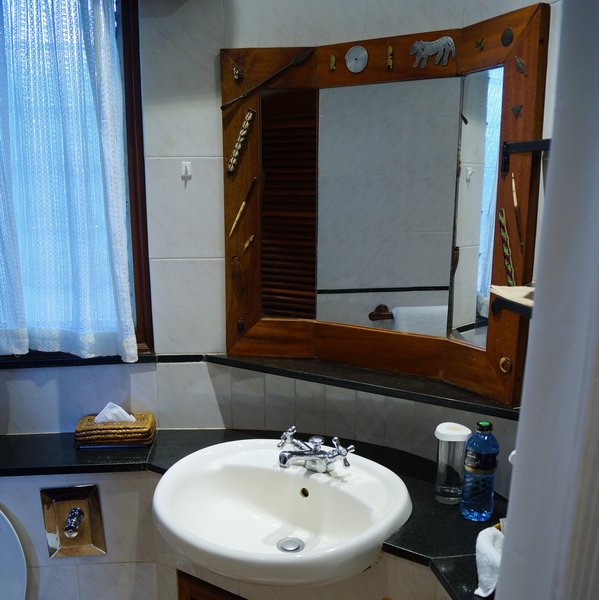
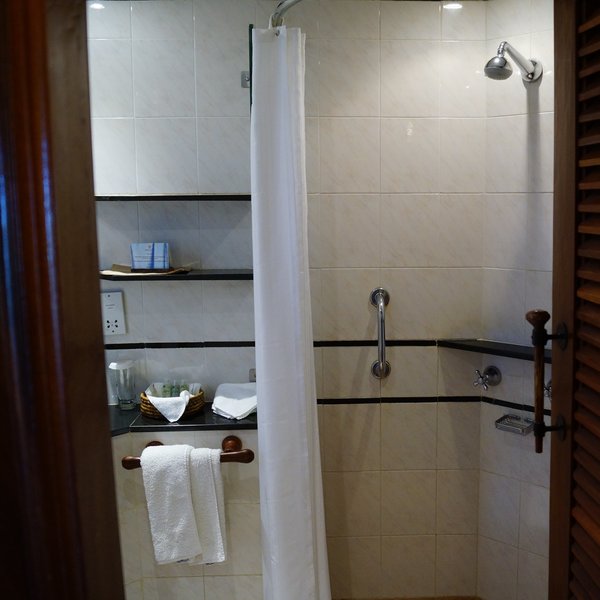
Expert Africa's gallery
When we travel we take lots of photos ourselves to give you a real and un-edited view of the safaris. See our 18 pictures of Mara Serena Safari Lodge to get the candid view.
View galleryMara Serena Safari Lodge: Our full report
Located on Ol Donyo Oseiya hill, in the western ‘Mara Triangle’ sector of the Maasai Mara National Reserve, ...
... the 74-room Mara Serena Safari Lodge is one of the oldest and largest properties in the Mara ecosystem. Dating from 1973, this substantial hotel is part of the international Serena Hotels group whose largest shareholder is the Aga Khan Fund for Economic Development, and it has the full roster of hotel facilities.
Mara Serena is the main accommodation option (indeed one of the very few places to stay) in the 510km² Mara Triangle, the western sector of the Maasai Mara National Reserve. This area has for many years been run as a well managed, exclusive sector of the reserve, with just two access gates (the Oloololo Gate in the north and the Purungat Bridge Gate in the south). With the steep Siria-Oloololo escarpment flanking its western edge, the Mara River forming its eastern boundary and the Tanzanian border running along the southwest, the Mara Triangle is considered the most secure sector of the national reserve and protects the majority of the Maasai Mara’s 30 or so black rhinos.
Mara Serena is one of eight Serena camps, lodges and hotels in Kenya, the other Serena location in Expert Africa's programme being Sweetwaters Serena Camp on the Ol Pejeta Conservancy in Laikipia.
Mara Serena is sited on a forested hilltop overlooking a broad bend in the river, 1km to the east. You approach the lodge up the hill from behind, from the Mara Triangle airstrip, and enter its central parking area, where there’s always a lot of coming and going and staff appear from the lobby to welcome you.
Walking down the steps into the atrium of the lobby reception area, huge French windows, opening onto a terrace with tables and chairs, offer an immense view across the meandering Mara River and the reserve beyond. The décor in the lobby – 70s kitsch meets modish Maasai – is all smooth curves, and yellow, ochre, brown and white paint in swirls and blobs. It’s an organic-looking style that is followed throughout the lodge, including up to the left, where the lobby is linked by a short staircase to the main bar and dining room. With chunky furniture, tiled flors and Maasai maiden wood carvings, the whole ensemble does feel rather dated. But the staff are helpful and the whole hotel functions professionally and to a consistently high standard, though is occasionally a little fussy and over-attentive in the dining room.
The 74 guest rooms are accessed down steps and sloping paths to the east and northeast of the central areas, fringed by heavily planted borders and shaded beneath natural trees and giant euphorbias. They consist of rows of flat-topped, cell-like units with curved profiles, painted in earthy grey tones in emulation of the local Maasai architectural earth-and-cow-dung style. Mara Serena has quite a lot of steps and slopes to navigate, so if you have any mobility challenges, do request a room that is closer to the main areas and therefore higher up. In common with the other Serena hotels in Kenya, the very brightly decorated rooms here are small, with just enough room to walk around the twin, triple or king-size double beds. There’s a small seating area at the front of each room, with glass doors leading out to a tiny balcony, with just room to lean out over the wooden rails (views of the river are quite far off, the river itself being about 1km from the lodge). The beds have curtain-style floor-to-ceiling mosquito nets and facilities include tea- and coffee-making sets and room phones. The very small, ensuite bathrooms incoporate shower cubicles with plastic curtains, a single basin and mirror, and a flush toilet.
The principal activities at Mara Serena are game drives in the Mara Triangle. Our driver guide, although he didn’t have a Kenya Professional Safari Guides Association qualification, was a veteran Serena staff member, knew the area well and adhered to the Mara Triangle game-driving rules. The Triangle is largely open grassland with a limited number of well-maintained dirt roads running through it. Off-road driving is allowed in the Low-Use Zone, in order to watch big cats. The area bounded by the river in the east and the north-south road to the west is a High-Use Zone in which off-roading is not allowed.
On our afternoon drive, hyenas, giraffe, warthogs and zebra had been the main subjects until suddenly the guide spotted something in the distance. It turned out to be a pair of courting black rhinos, out in the open, and much more interested in each other than their observers. This is not an animal you expect to see in the Mara, and certainly not in the rough preamble to mating. The next morning we returned, after a night of heavy rain, to find the male had lost the female during the course of the night and was running backwards and forwards across the flooded and newly washed plains trying to pick up her scent.
For an aerial perspective, Serena has a balloon launch site close to the lodge (flights at dawn last an hour and cost roughly U$500 per person).
Serena has ten, seven-seater, pop-top Land Cruisers at their Mara lodge. These are reliable workhorses, but don’t boast any fancy fittings for photographers. The roof hatches work well enough, and you’re likely to use them quite often, as the drivers’ cabs are glassed in and the rear side-windows are roll-up making the overall visibility much less than is common at more bespoke small camps where the vehicles have often been customised for optimal game viewing. The competent driver-guides usually go out without spotters, so there is also an eighth passenger seat at the front. A proportion of visitors arrive from Nairobi by road in their own vehicles, so the 70–80 passenger seats available for fly-in guests is sufficient, but you should expect to share with a full complement of other guests, especially at busy times.
Back at the lodge, the pool (2.4m deep, unsupervised, open 6.30am to 6.30pm, no children under 12 without parental supervision) is a lovely spot to cool off during the hot hours. You can order drinks and snacks here.
Activities
4WD Safari
Birdwatching
Cultural excursion
Hot air ballooning
Private activities
Families & children
- Attitude towards children
- Children are welcome.
- Property’s age restrictions
- No age limit.
- Special activities & services
- Ayahs from housekeeping can look after small children while the rest of the family is out on game drives.
- Equipment
- Baby cots and high chairs are available.
- Generally recommended for children
- With its large, safe public areas, swimming pool and practical rooms, the lodge is quite straightforward for younger families and there are always children here in holiday time.
Food & drink
- Usual board basis
- Full Board
- Food quality
- Food at the Serena lodges is standard hotel fare, with at least a couple of choices, with buffets figuring prominently and various salads and standard options always available. During our stay, we started lunch with a chicken broth with hot rolls, followed by beef medallions, stir-fried vegetables and rice – all edible enough if not particularly tasty. There was a selection of quite nice puds from the buffet table, incluing a very good passion mousse, little cashew tartlets and fruit salad. Dinner started with a nice carrot soup, followed by an excellent chicken breast dish with spinach. Slices of birthday cake made for one of the guests were going the rounds as a dessert, although there were several other choices. Breakfast the next morning was slightly disappointing: the cafétière has yet to make an appearance at Mara Serena and they’re still filling tiny silver tea pots with dark, venemous coffee from an urn. Otherwise, a standard international-hotel-style breakfast buffet was on offer, with the usual rubbery scrambled egg and congealed bacon: much better to make use of the omelette and pancake man and order something fresh.
- Dining style
- Individual Tables
- Dining locations
- Indoor Dining
- Further dining info, including room service
- Breakfasts and dinners can be served in the bush if requested in advance (there’s an extra charge).
- Drinks included
- Drinks are not included but are reasonably priced. Beers cost around U$5 and a glass of house wine about the same.
Getting there
- Location
- Maasai Mara National Reserve, Kenya
- Ideal length of stay
- 3–4 nights
- Directions
- Five minutes drive from Serena airstrip.
- Accessible by
- Fly-and-Transfer
Communications
- Power supply notes
- No wind- or solar-generated electricity. There is constant hot water to the rooms and septic tank flush toilets. A bio digester is being planned, but meanwhile the septic tank is emptied and serviced every six months.
- Communications
- All the major cellphone networks are available from three phone masts. The lodge’s free wifi is available throughout.
- TV & radio
- One room (the suite) has a TV, as does the conference common room.
- Water supply
- Borehole
- Water supply notes
- A treatment plant processes the water before it goes to the rooms. Water for tea-makers in the rooms is rebottled from 20-litre urns.
Health & safety
- Malarial protection recommended
- Yes
- Medical care
- Serena employs a resident nurse. There are first-aid kits and trained members of staff in each department.
- Dangerous animals
- Moderate Risk
- Security measures
- Security guards are always on duty. The extensive lodge compound is surrounded by a discreet electric fence.
- Fire safety
- There is a fire extinguisher for every four rooms. Fire-training takes place every three months.
Useful info
- Disabled access
- Not Possible
- Laundry facilities
- Laundry costs extra, and there’s a laundry list in every room. Laundry is machine-washed and line-dried.
- Money
- There’s a central safe at reception for valuables. Foreign exchange is available, though rates are lower than at the banks.
- Accepted payment on location
- MasterCard, Visa and Amex are accepted without surcharge.
Plan and book your trip with Expert Africa
All of our trips are tailor-made, so we'll always adapt them to suit you. Talk to an Expert and let us plan and arrange your perfect trip.

Talk to an Expert
Call or email us now! We’ll match you with the Specialist in our team who is best suited to help you. Then together we can start planning your trip.

Set up your itinerary
Based on our experience and your ideas, your specialist will create a detailed, costed itinerary. We’ll refine it together, until we have a trip that you’re perfectly happy with.

Prepare for your trip
The same Specialist will make the seamless arrangements for your trip, send you detailed travel documents, and be available to answer any questions before you depart.

Travel with peace of mind
After you set off, you’ll be cared for by our partners in Africa, most of whom have worked with Expert Africa for decades. And if you ever need us urgently, we’re available 24/7.

When you return
We love to learn about your trip, and so will always be grateful if you’ve the time to give feedback to your Specialist when you return.
Mara Serena Safari Lodge's location
Look closer at the environment and surroundings of Mara Serena Safari Lodge.
Excursions from Mara Serena Safari Lodge
Optional extra day-trips and excursions possible whilst you're staying at Mara Serena Safari Lodge. Talk to us: these are usually best arranged before you go.
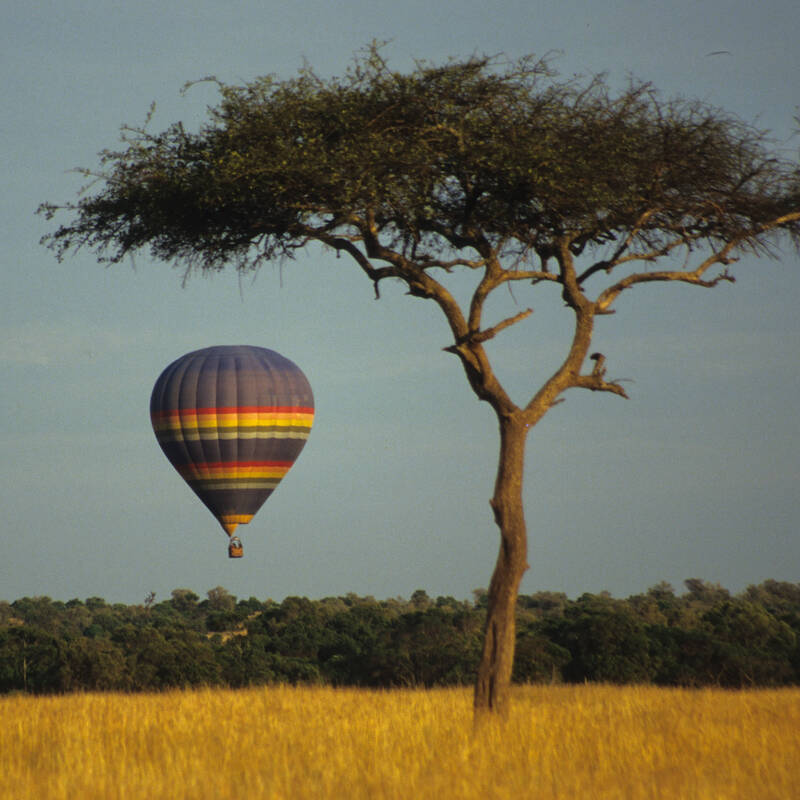
Balloon flight over the Mara
3 hours in total - morning only
With the sun rising over the Loita Hills, you scramble into the balloon basket for the start of a once-in-a-lifetime experience. You’re about to go drifting with the breeze above the trees and plains of one of the world’s greatest wildlife regions.
More about Balloon SafariOther lodges in Maasai Mara National Reserve
Alternative places to stay in this same area.
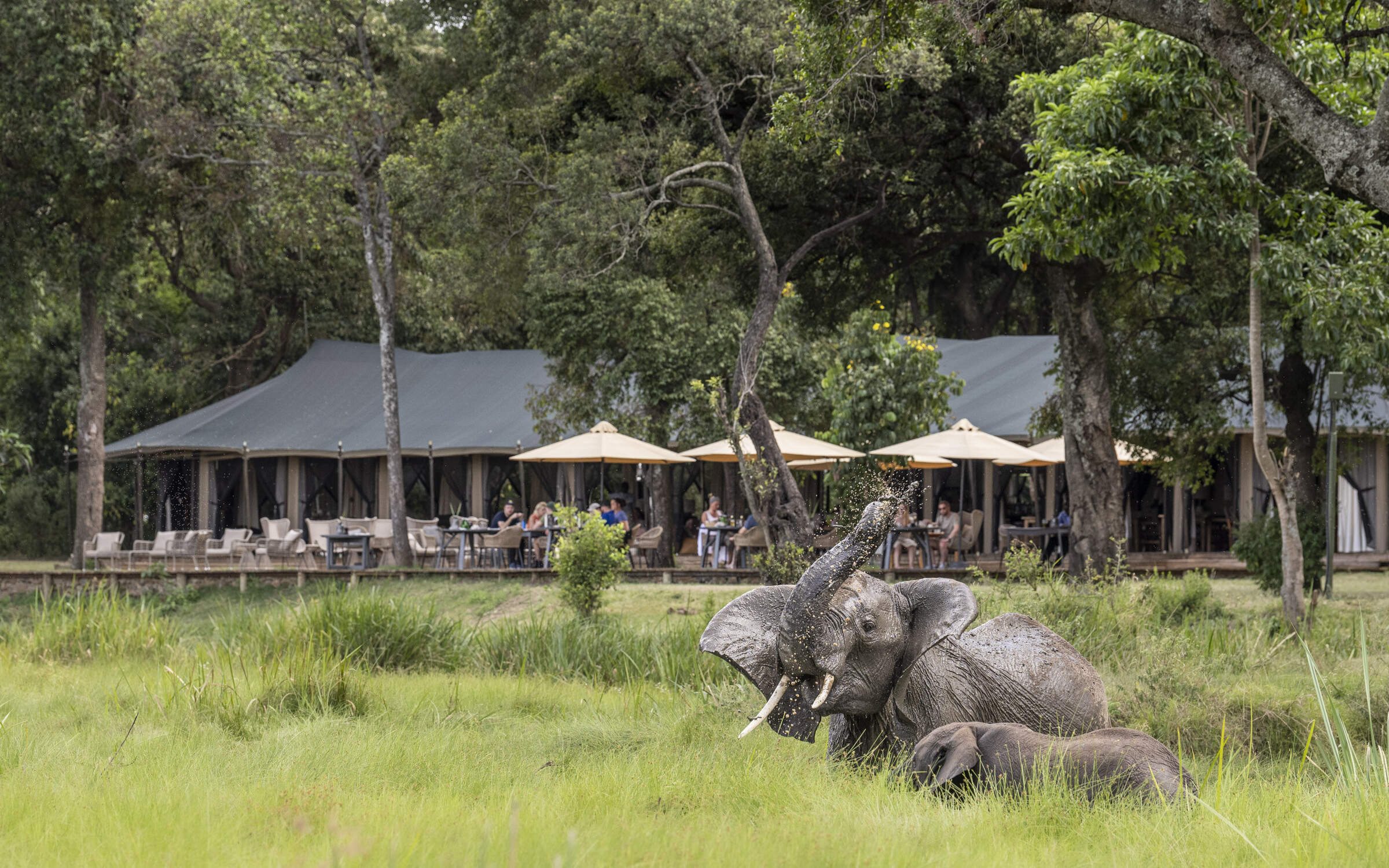
Little Governors'
Little Governors’ Camp sits by a swamp (an old oxbow of the Mara River) in the Mara Triangle sector of the Maasai Mara National Reserve. It has its own balloon-launching site.
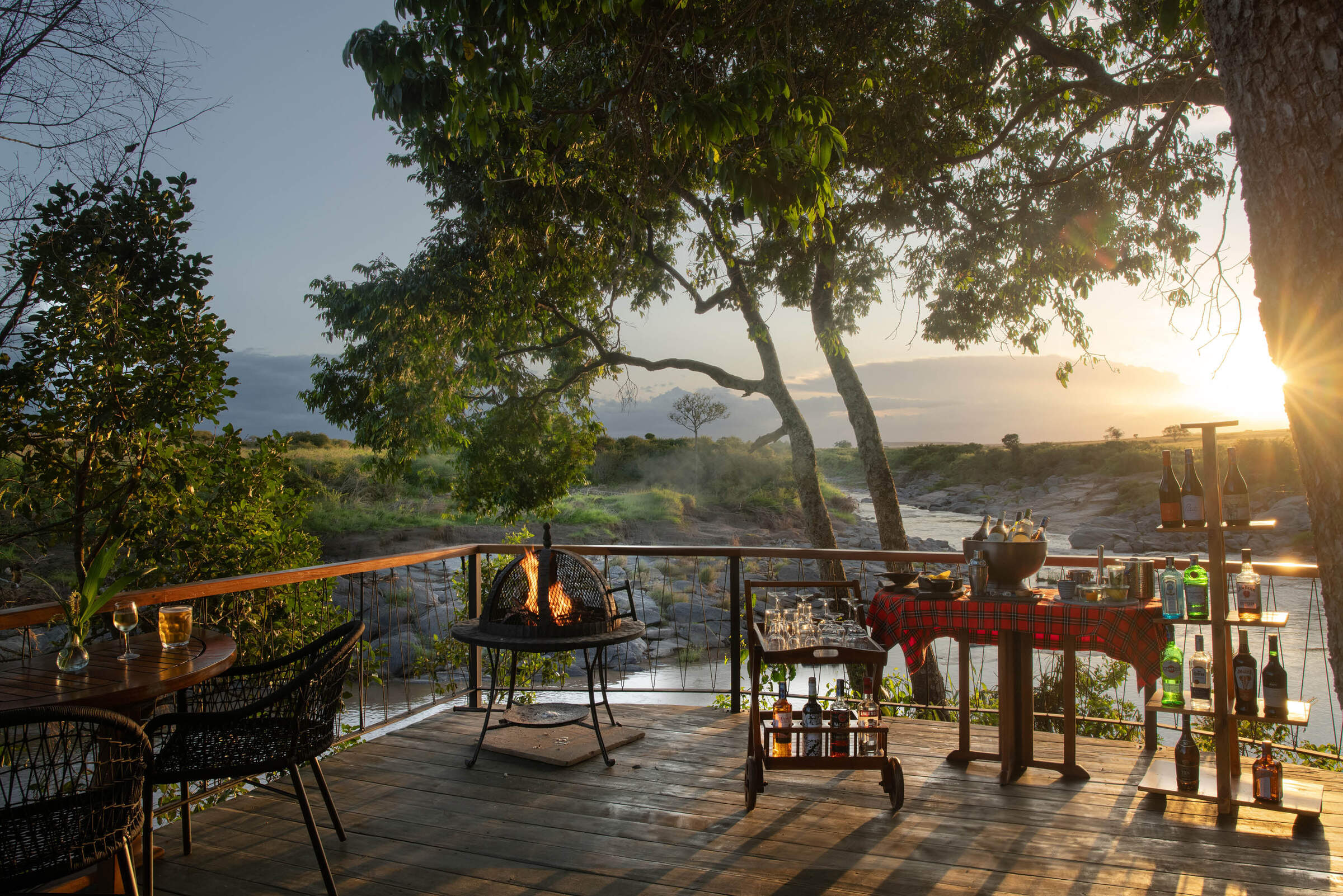
Rekero
Rekero is an unpretentious, high-end safari camp, for travellers who take their wildlife watching seriously and are prepared to pay for an exceptional location.
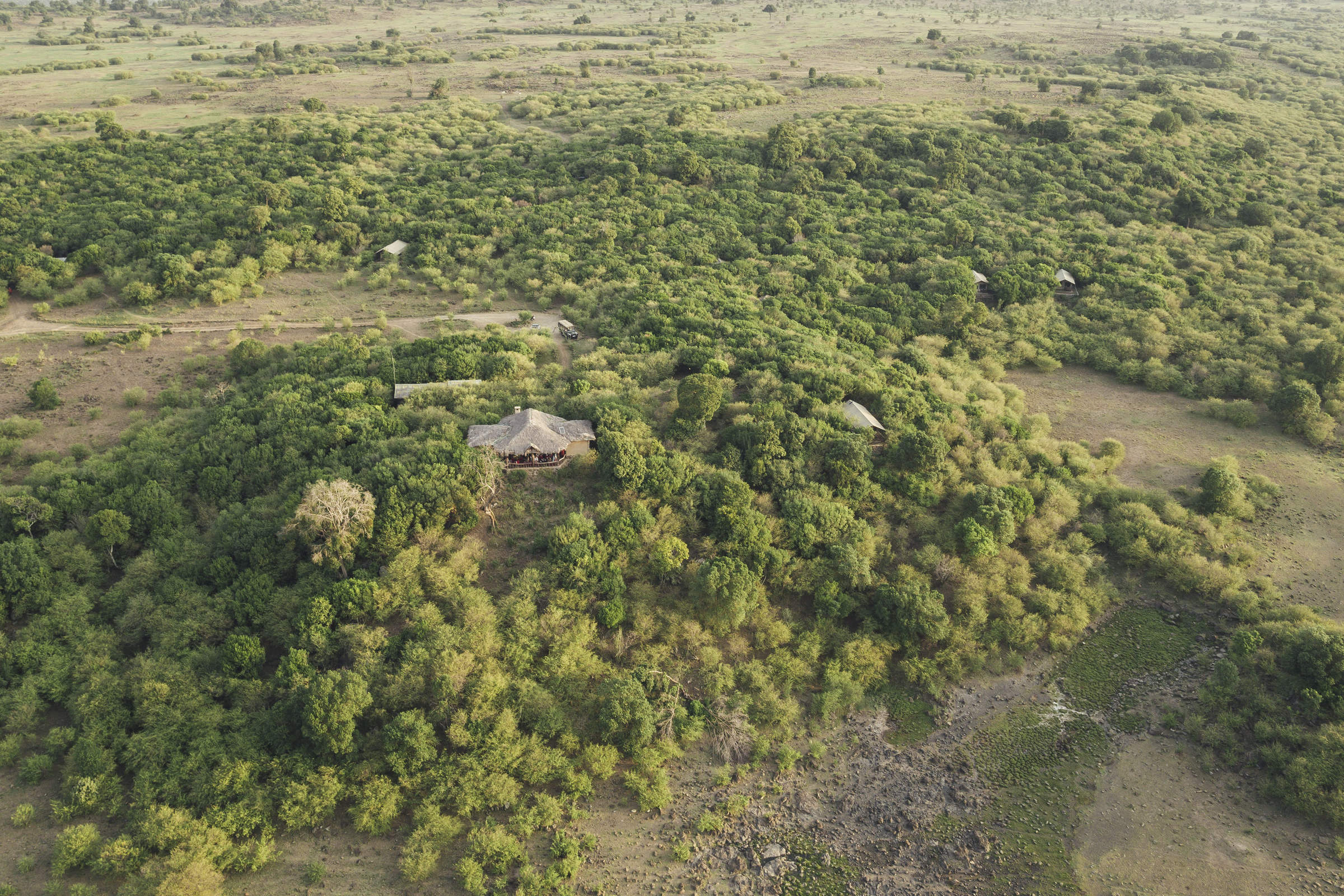
Tangulia Mara
Tangulia Mara is a rustic and traditional safari camp on the border of the Maasai Mara National Reserve owned by Jackson Looseyia of Big Cat Diary fame.
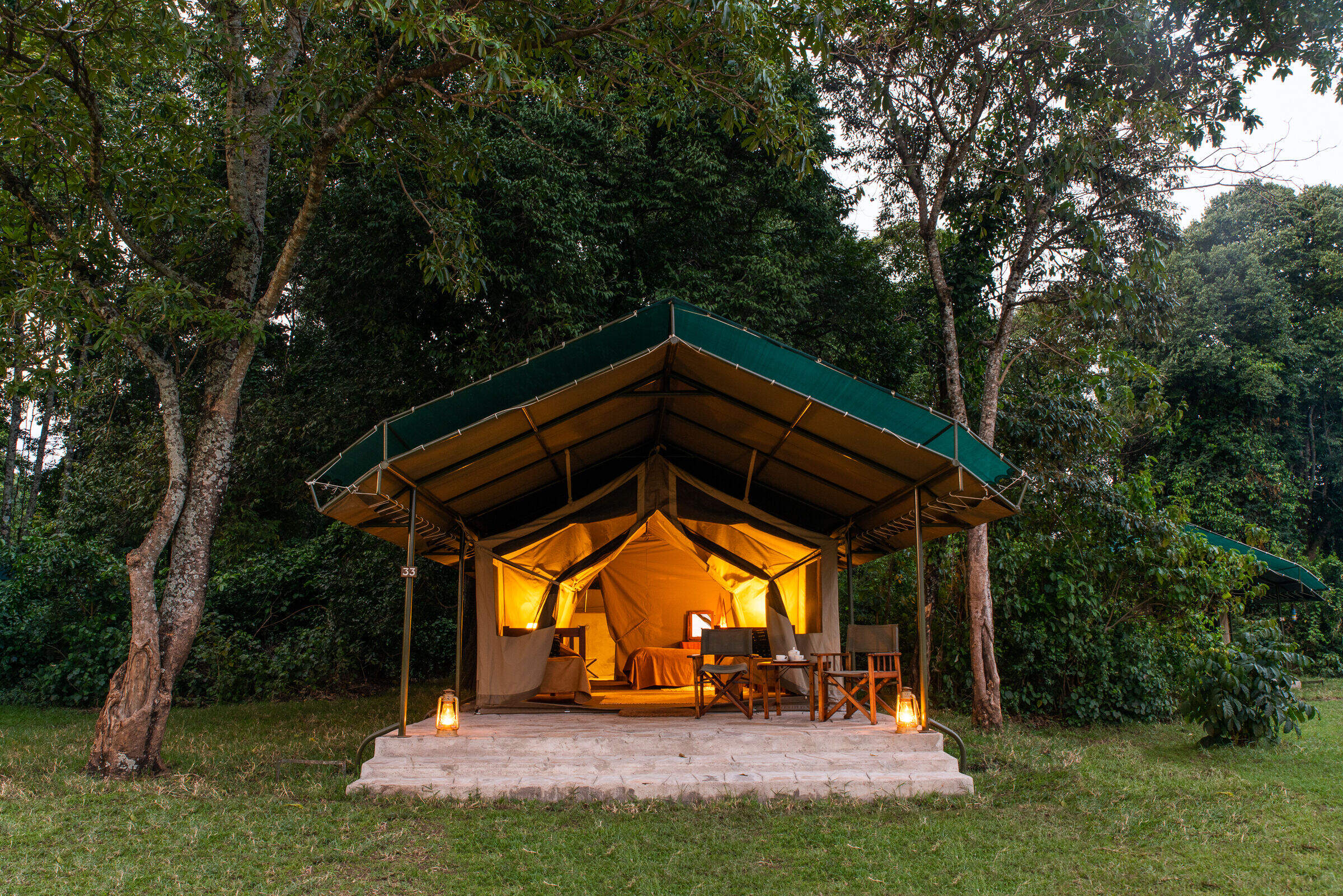
Governors' Camp
Governors' Camp is a large tented camp on the Mara River and one of the oldest in the Mara region, dating from 1972. Although unfenced, and regularly visited by elephants, the whole compound is always busy with human activity.
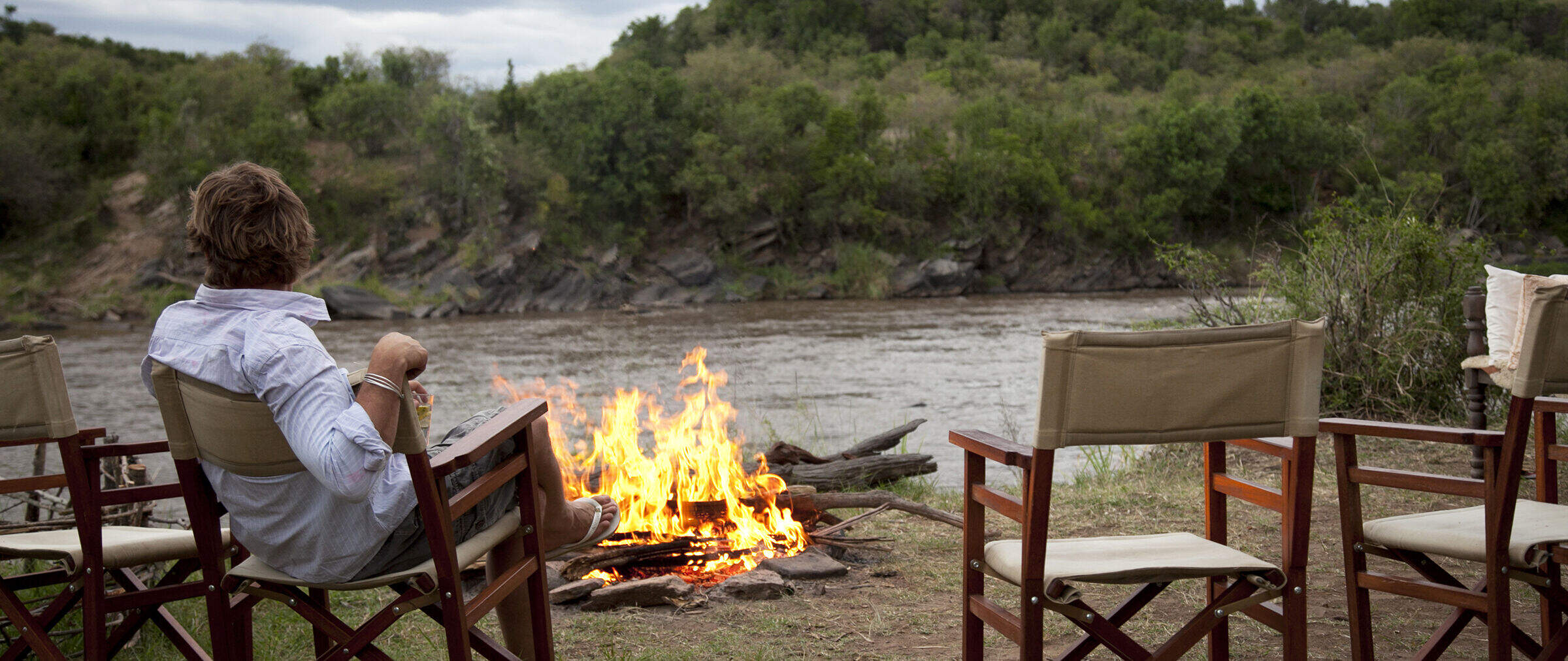
Serian Nkorombo
Serian Nkorombo is a luxury bush camp in the Musiara sector of the Maasai Mara National Reserve on the east side of the Mara River.
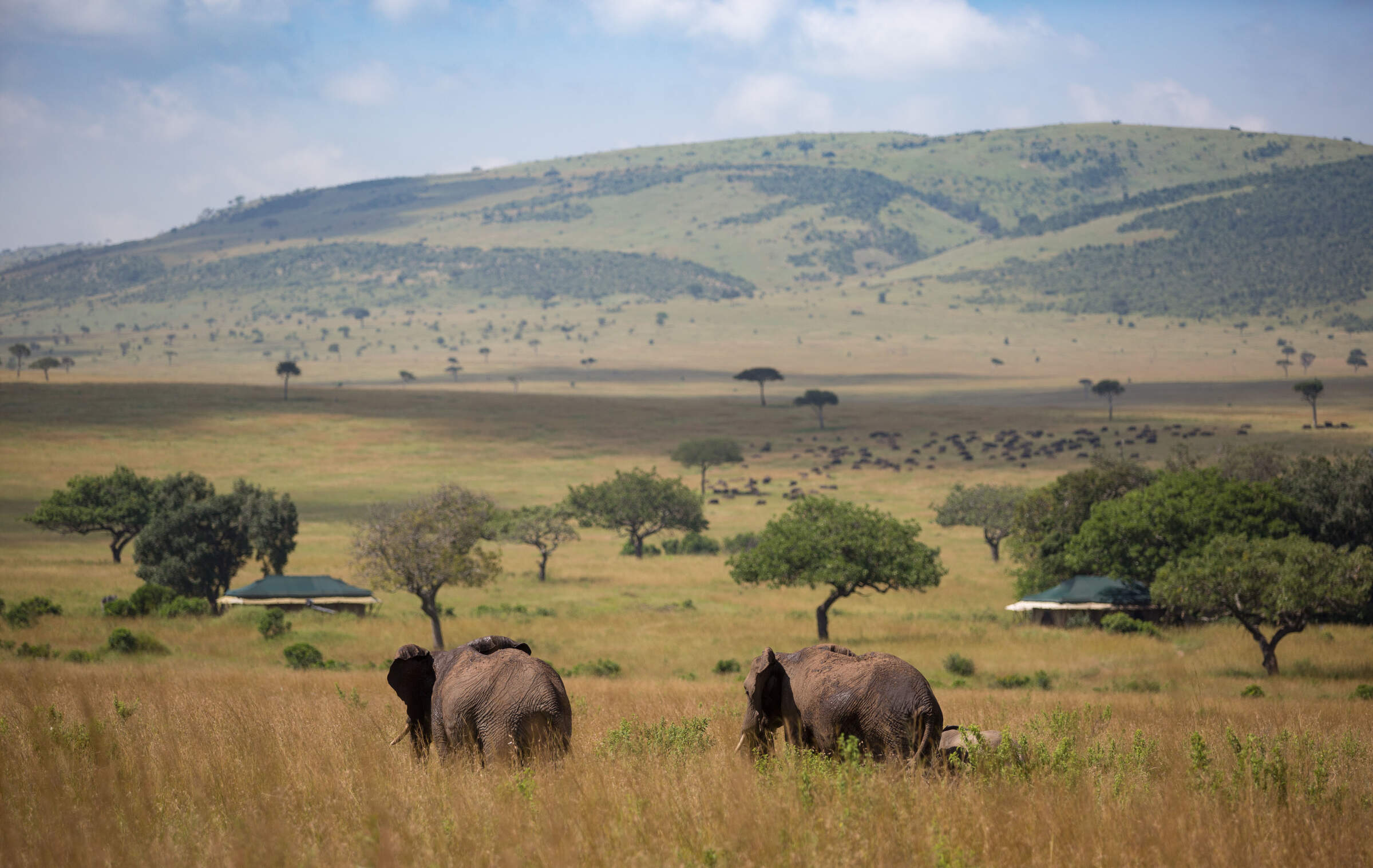
Sand River Camp
Luxury colonial-style tented camp on the banks of the Sand River close to the Tanzania border – a great spot to see the wildebeest migration.
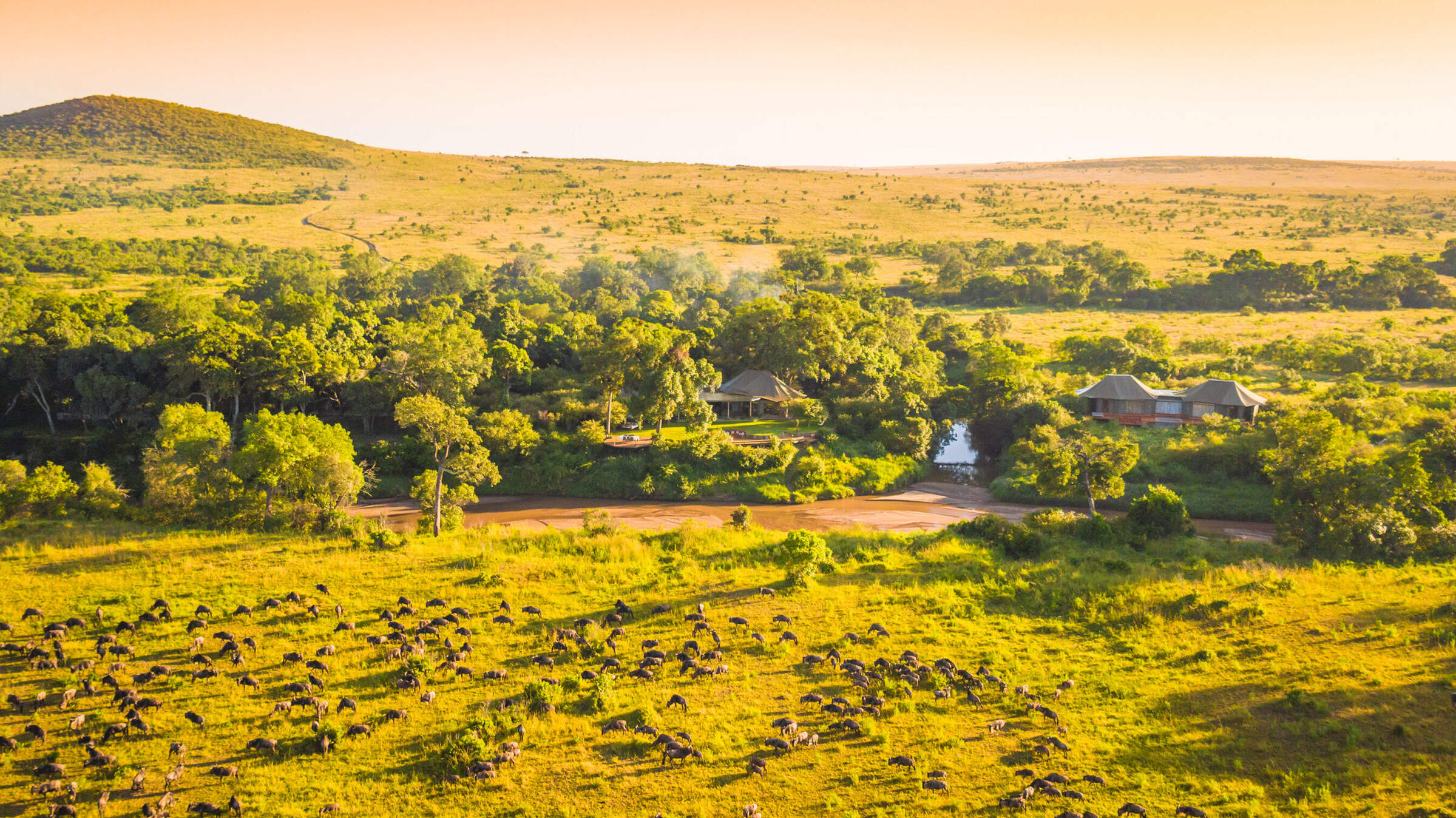
Sala's Camp
Sala’s Camp is a comfortable and intimate tented camp, with seven tented rooms, located on the banks of the Sand River, in the far south of the Maasai Mara National Reserve.
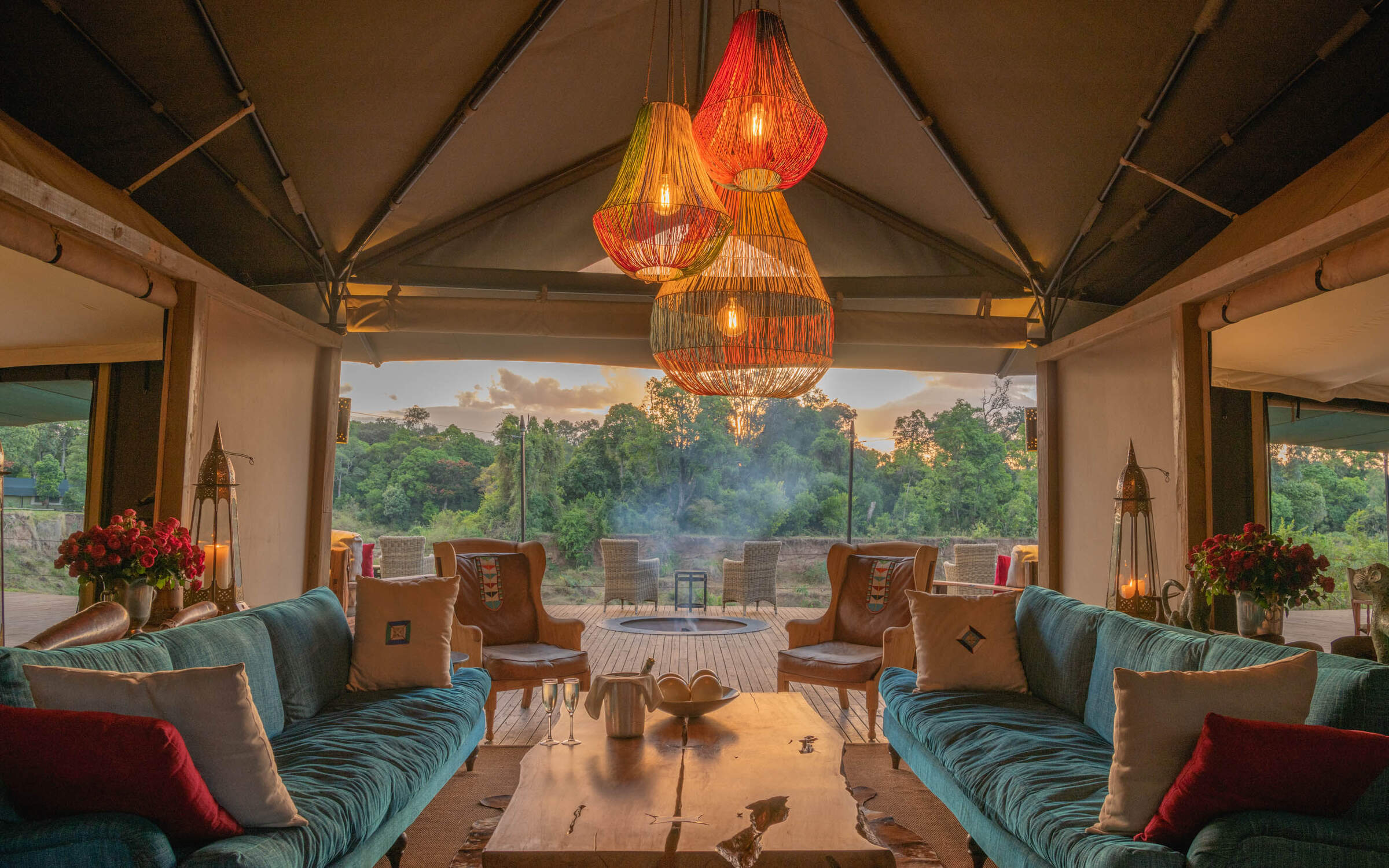
Governors' Il Moran
The smallest and most expensive of the three camps in the Governors’ group, Governors’ Il Moran Camp hugs a meander of the Mara River just 1km north of the main Governors’ Camp.
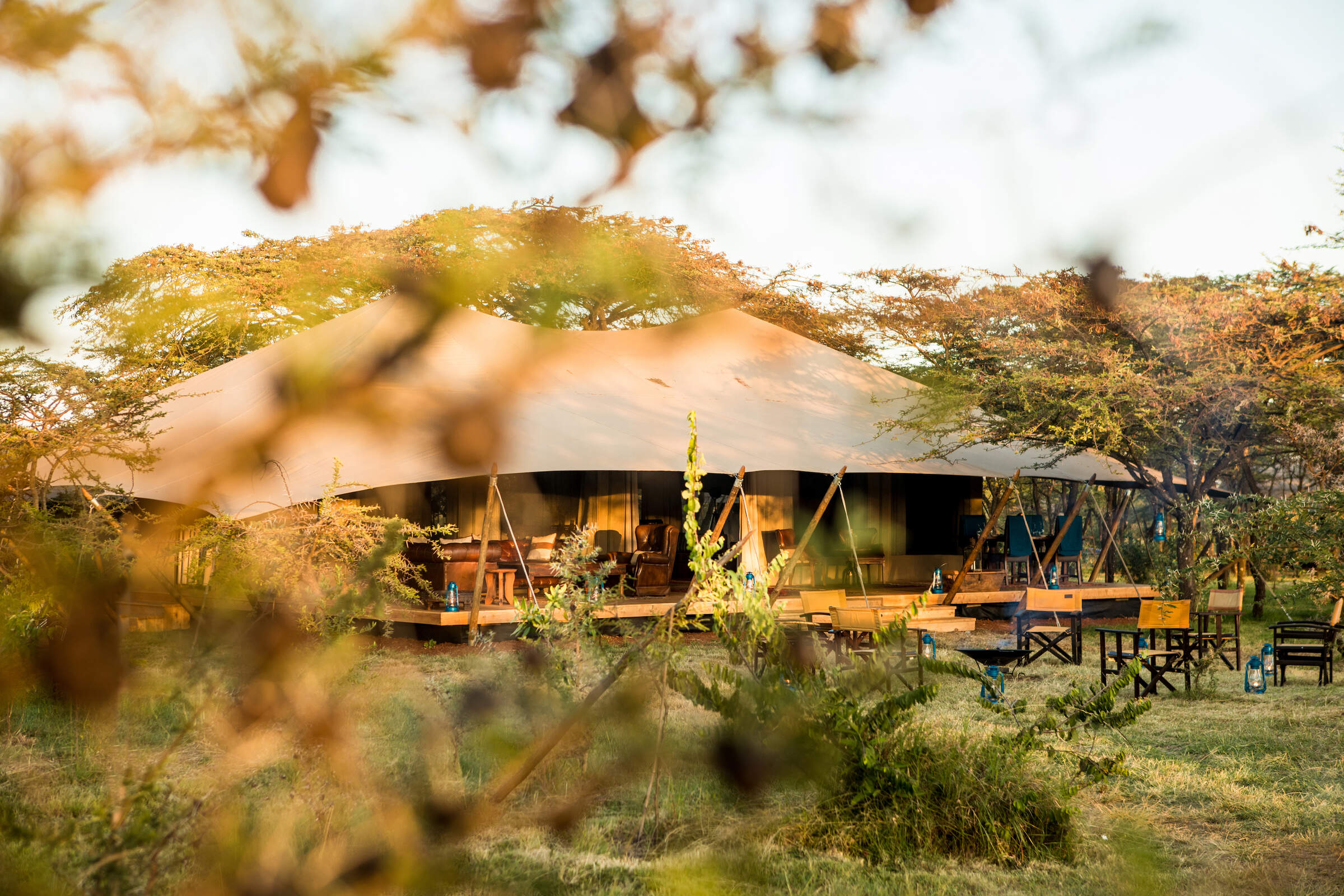
Mara Expedition Camp
Mara Expedition Camp is a small luxury camp located in a slightly elevated area of bush and woodland, just outside the Maasai Mara National Reserve.
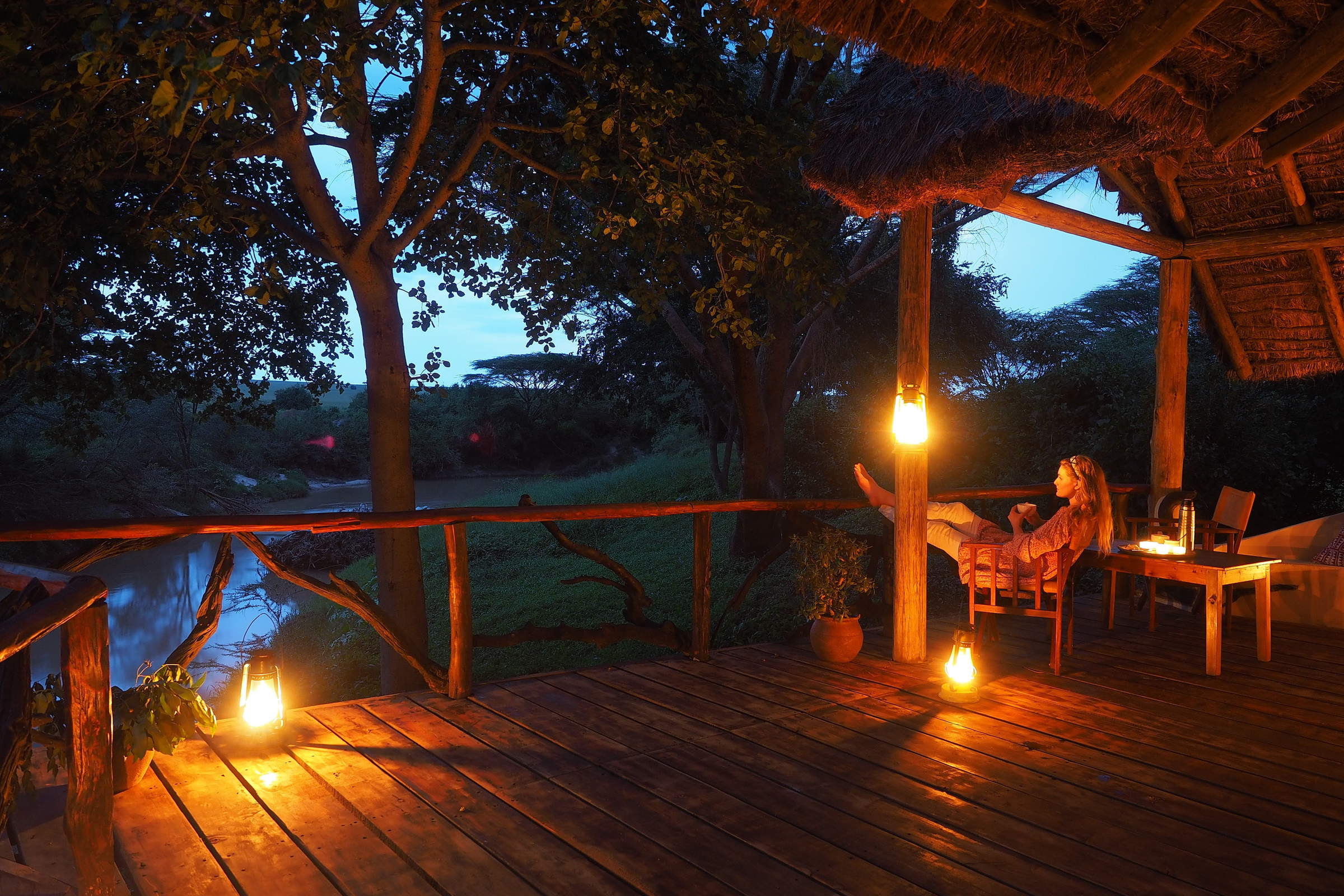
Basecamp Maasai Mara
Basecamp Maasai Mara is a family-friendly, award-winning eco-camp on a U-bend on the north bank of the Talek River, on the boundary of the Maasai Mara National Reserve.
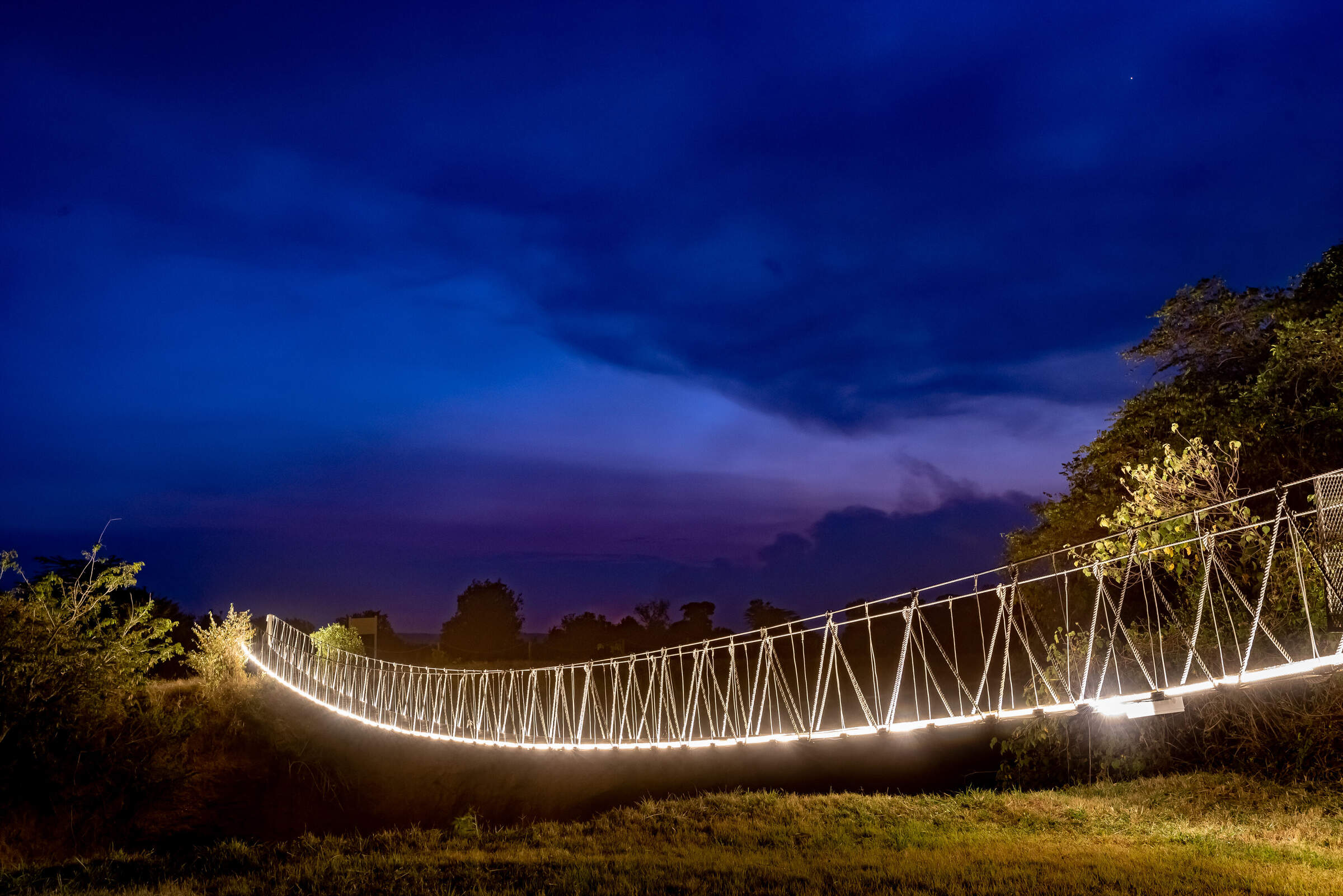
Ilkeliani Camp
Ilkeliani Camp is a smart elegant camp overlooking the Talek River, on the edge of the Maasai Mara National Reserve.
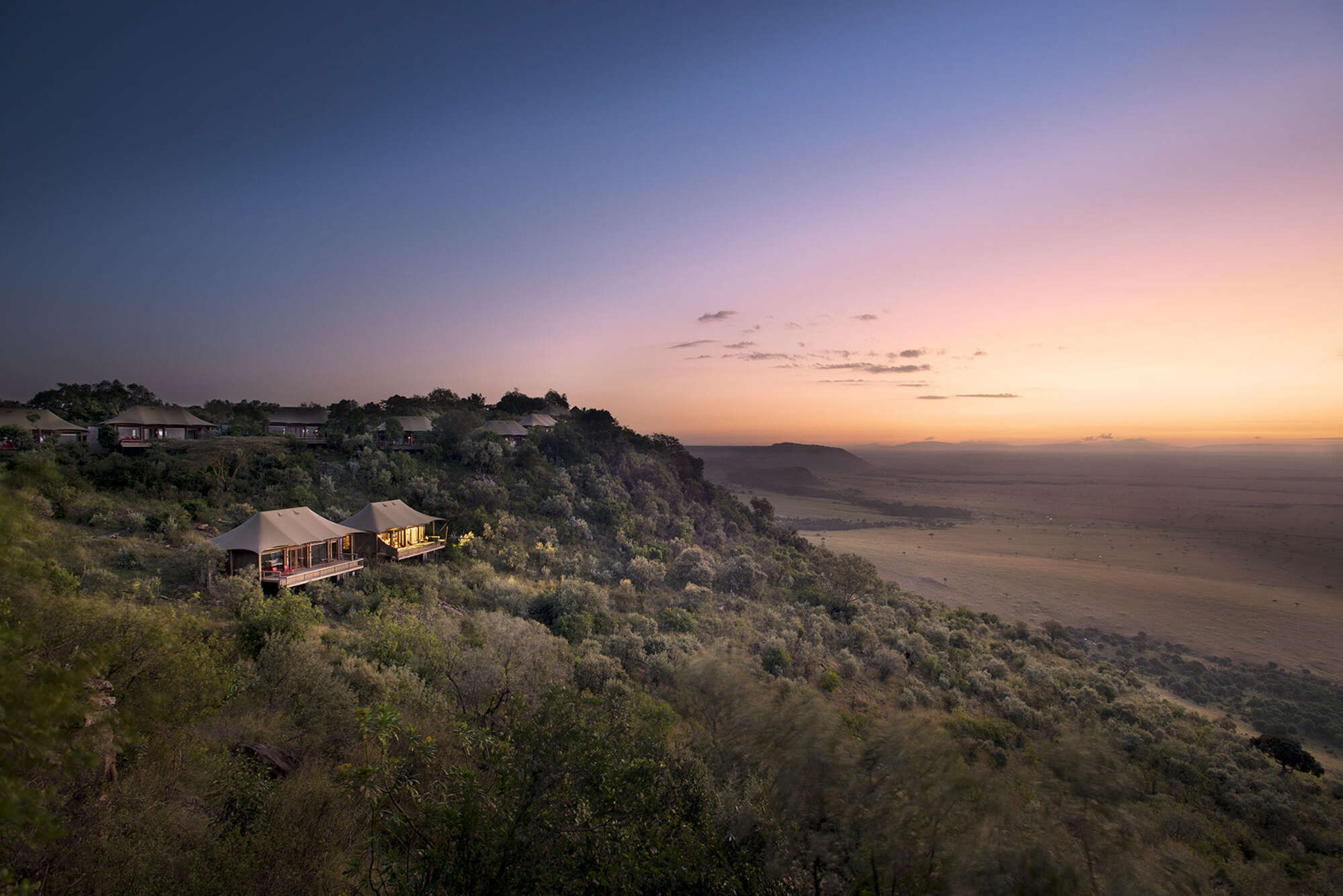
Angama Mara
Angama Mara is a top-end luxury tented camp on the Siria-Oloololo escarpment of the Maasai Mara ecoystem, just above the Mara Triangle sector of the Maasai Mara National Reserve.
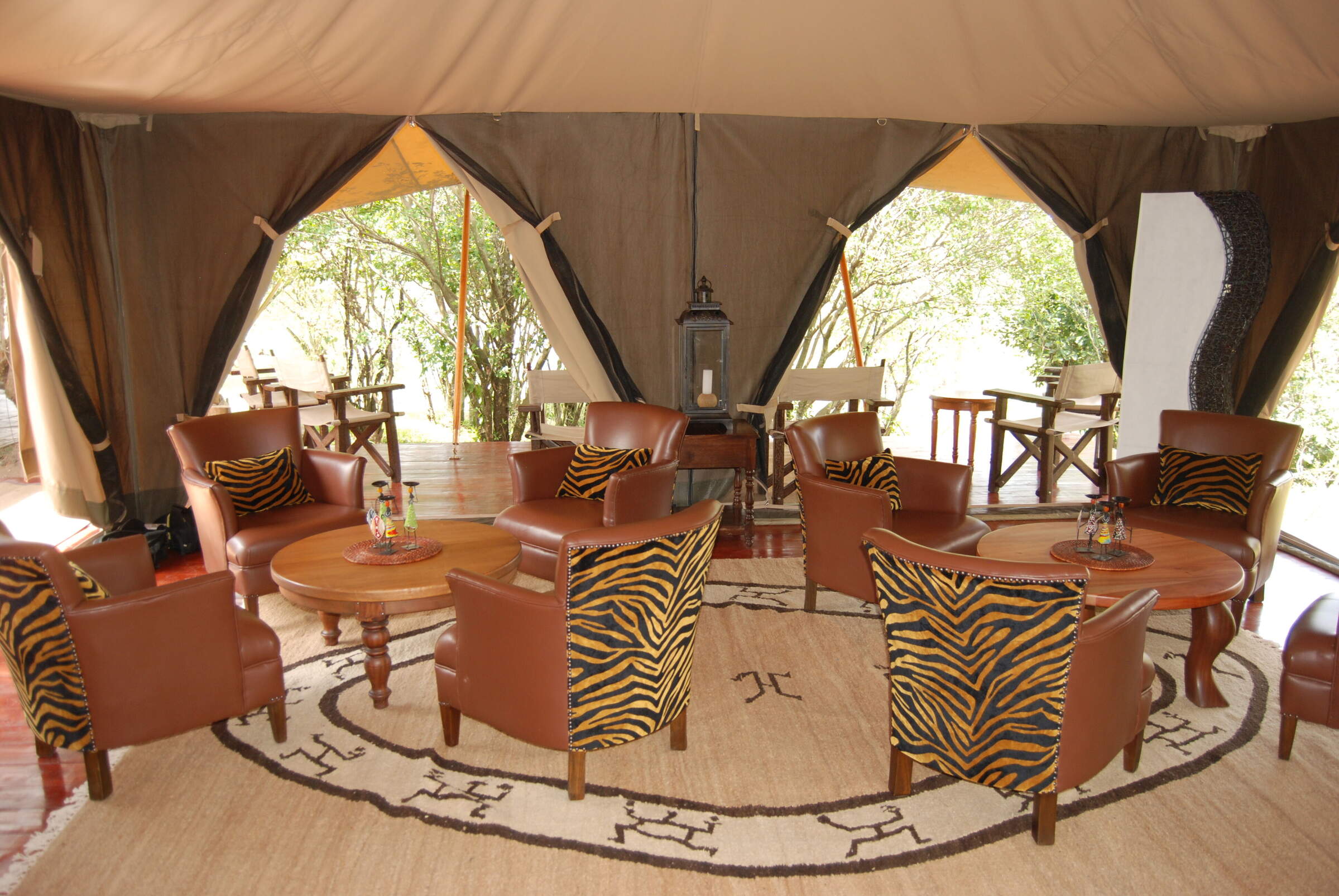
Ngenche Safari Camp
Mara Ngenche is a non-hosted, luxury tented camp with an antique style, which is perfect if you're looking for private dining while staying somewhere small and personal.
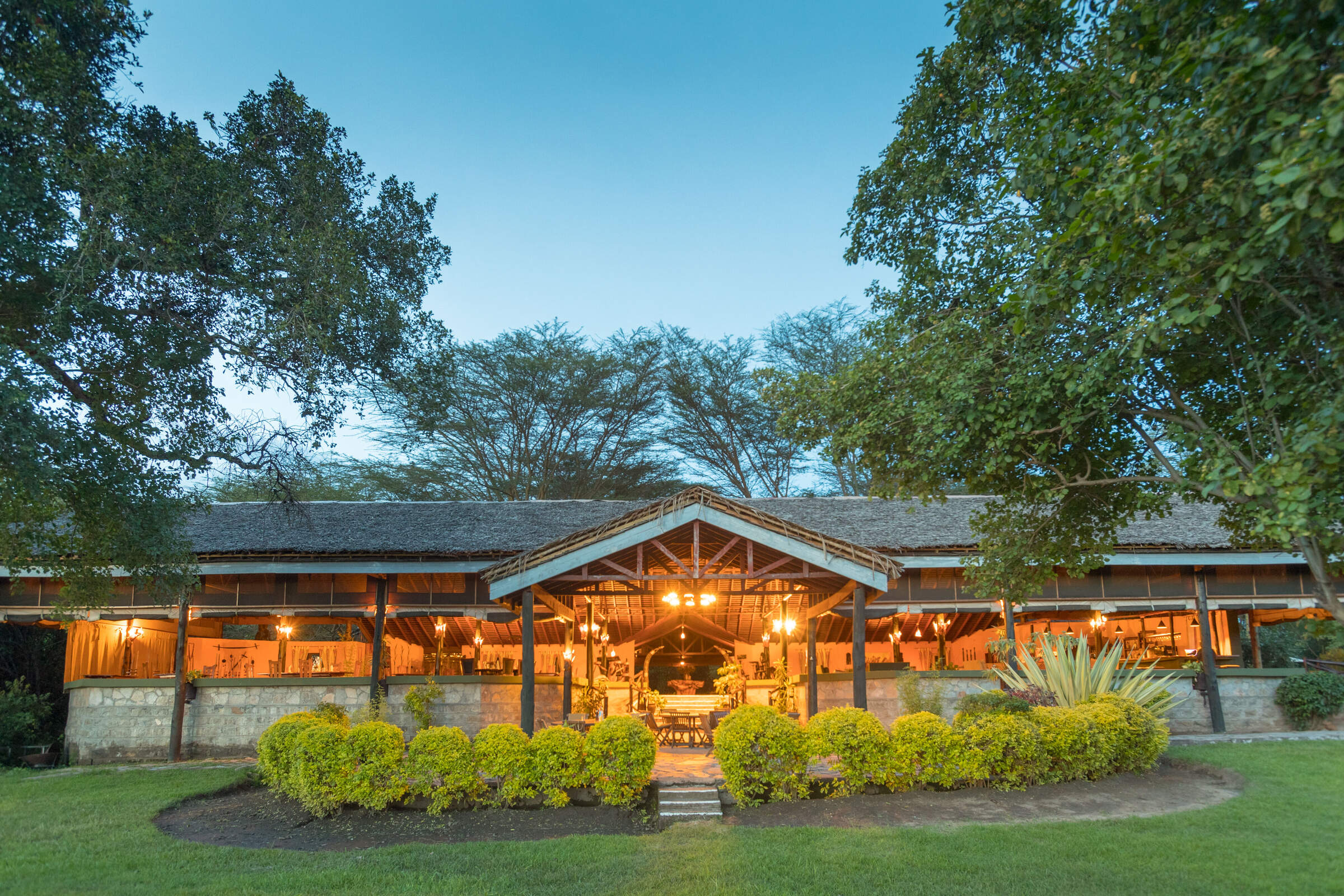
Tipilikwani Camp
Tipilikwani Mara Camp is a larger, mid-range tented camp offering good value from its base on the Talek River just outside the Mara National Reserve.
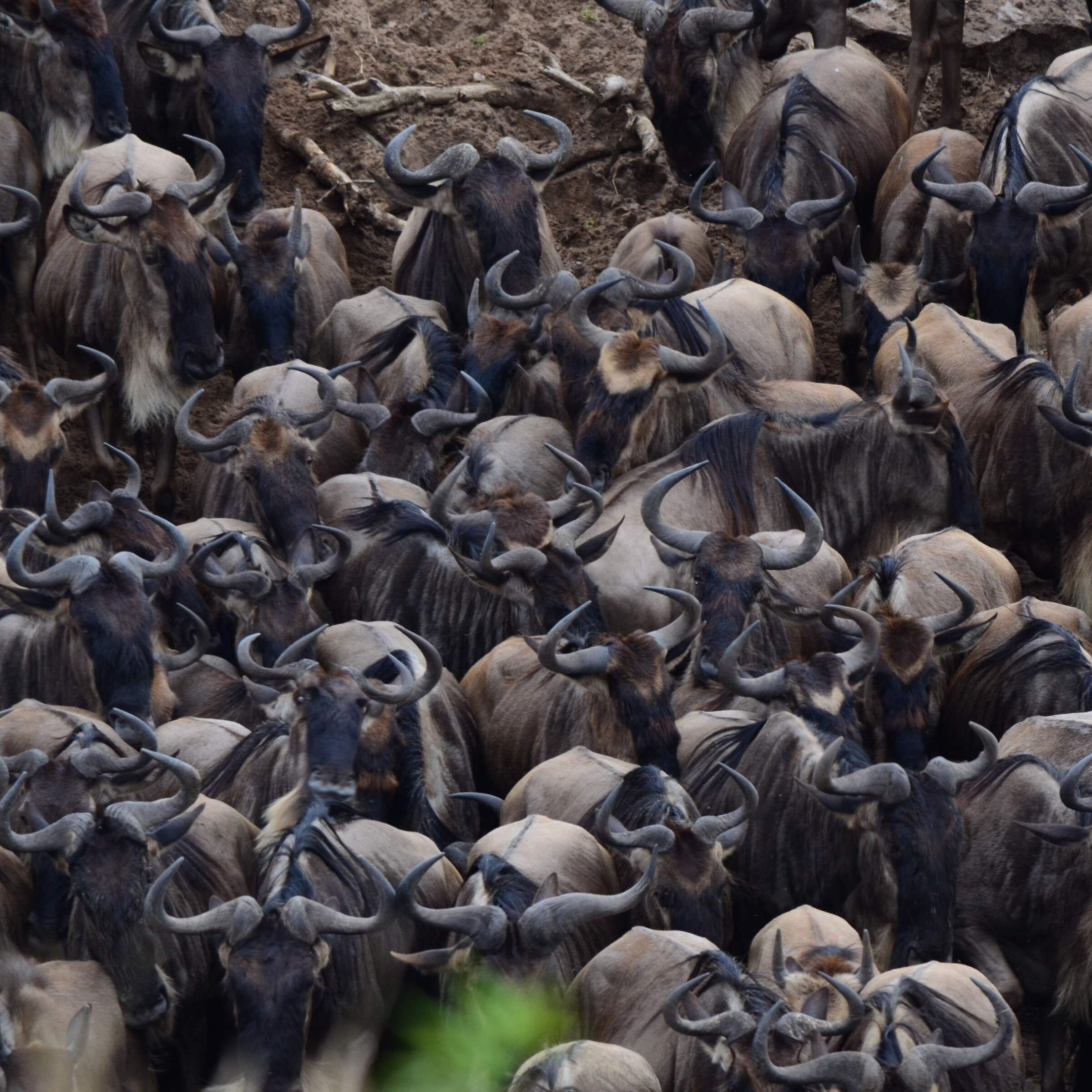
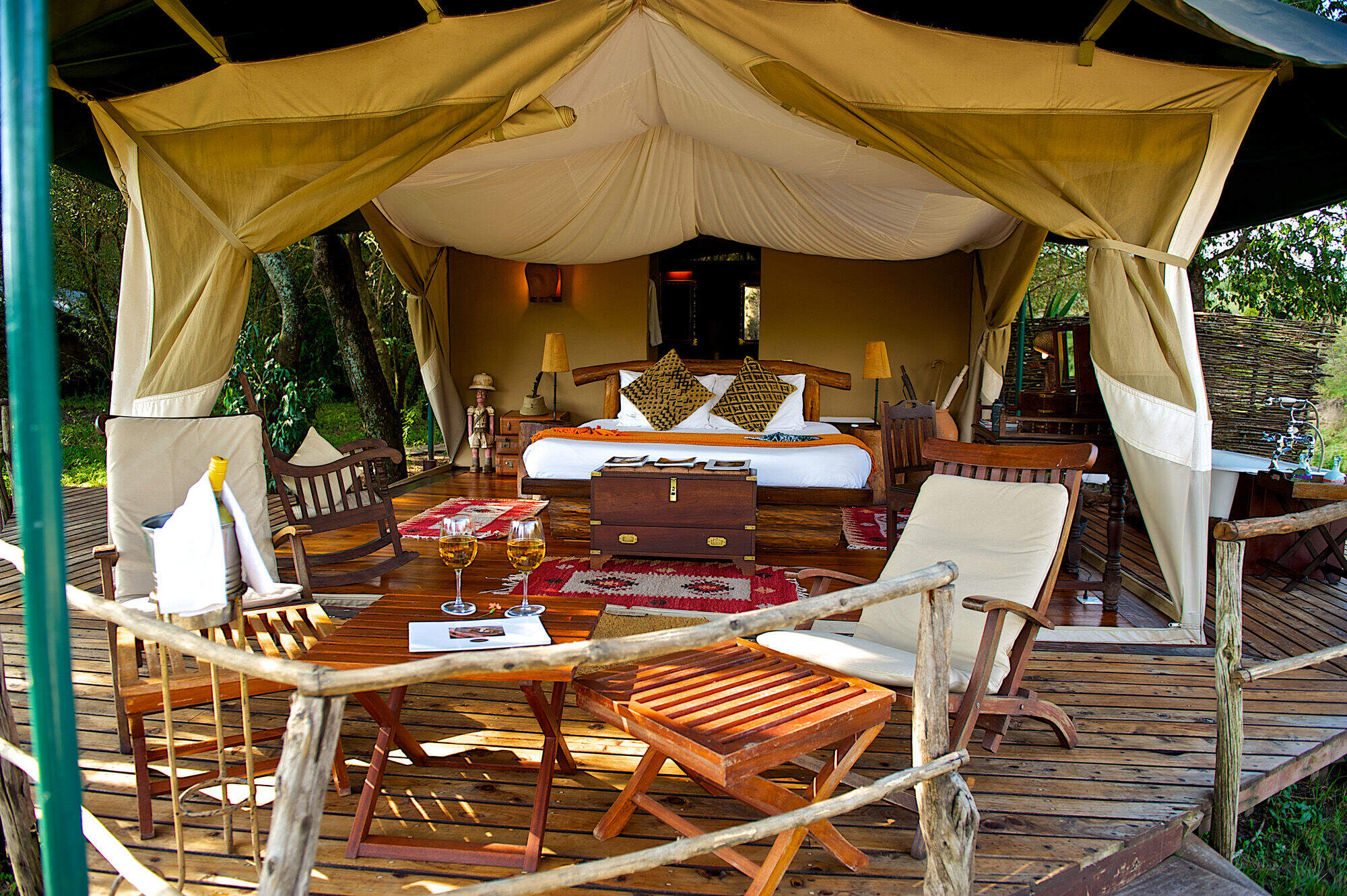
Mara Explorer Camp
Mara Explorer is a smart tented camp is in a scenic location on a bend in the Talek River.
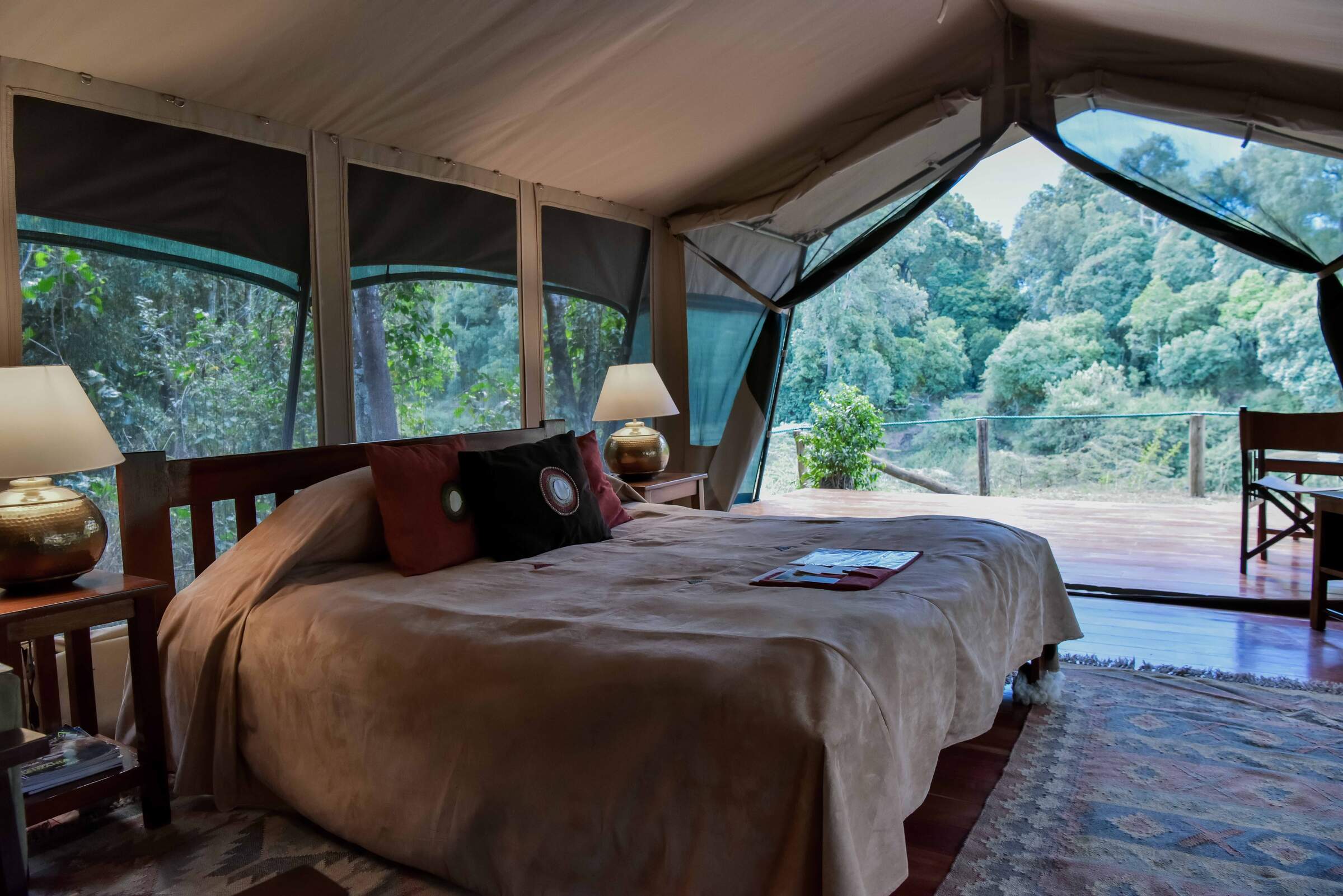
Governors' Private Camp
Located on a secluded bend of the Mara River, Governor’s Private Camp has just eight tents and is booked on an exclusive basis.
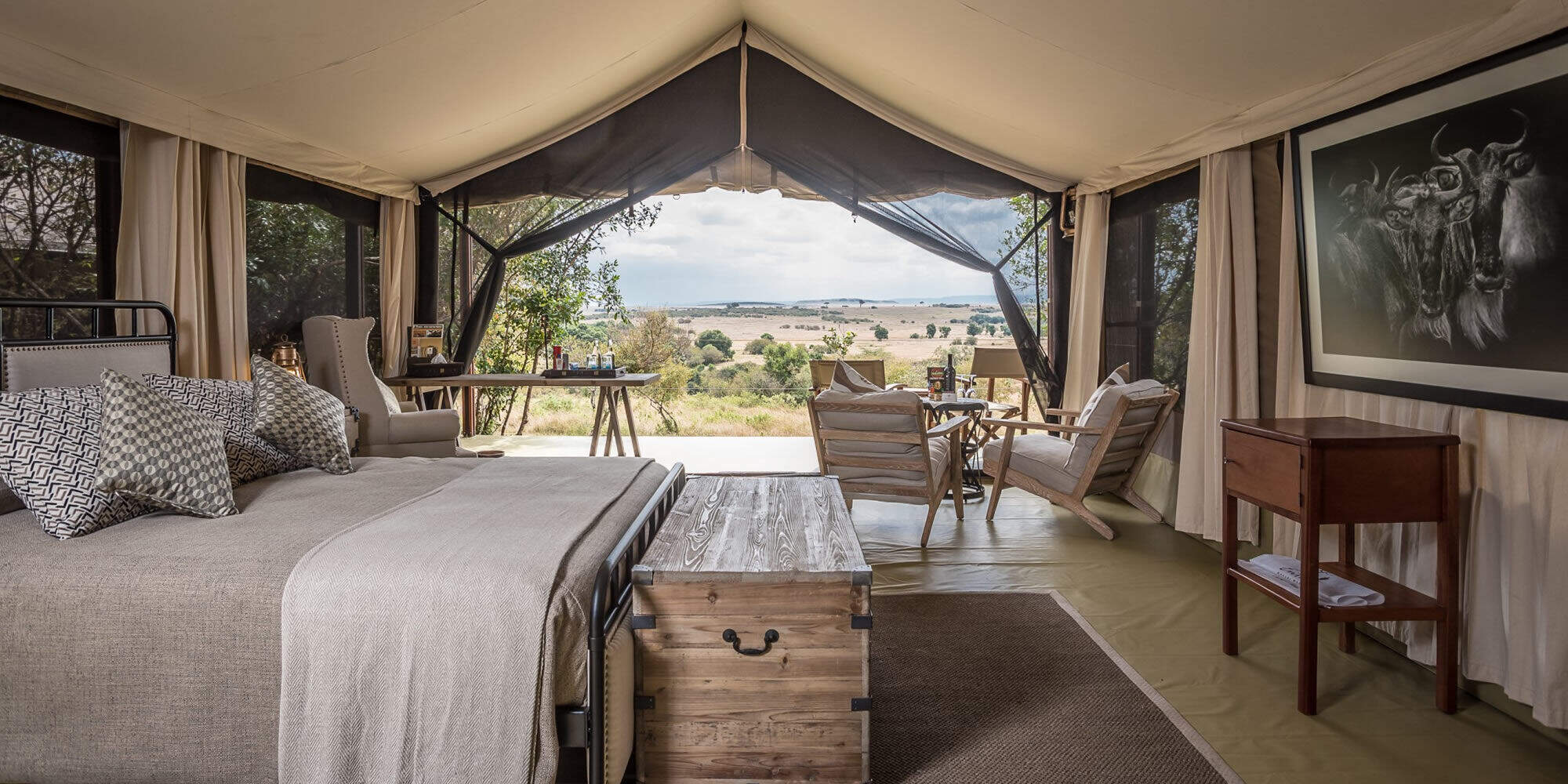
Entim Camp
Entim Camp is well located in the heart of the Mara National Reserve, offering traditionally styled tented accommodation.

Naibor Camp
Naibor has a great location in the Mara reserve, and offers accommodation to suit different budgets, with stylish high-end tents and some simpler ones too.
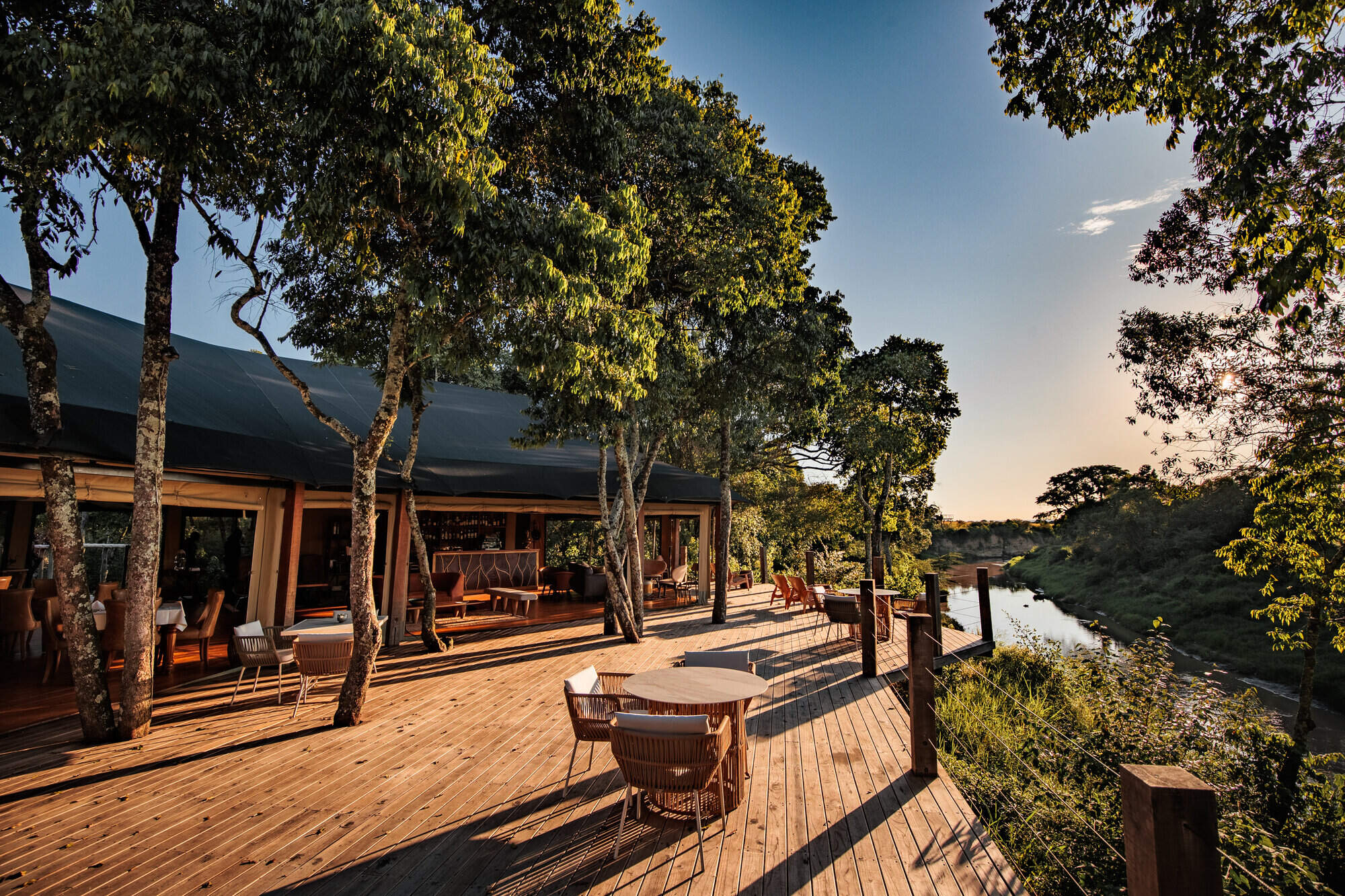
Ishara
Ishara is a highly luxurious safari camp in the Maasai Mara, located on the Talek River, which is one of the best areas in Kenya for wildlife.
When to go to Maasai Mara National Reserve
Our month by month guide: What it's like to visit Mara Serena Safari Lodge in Maasai Mara National Reserve
Jan
Feb
Mar
Apr
May
Jun
Jul
Aug
Sep
Oct
Nov
Dec
Kenya in January
Clear, hot days and warm nights make this high season a popular time for safaris and it’s also good for diving and snorkelling as water clarity is excellent and gets better as the dry season progresses. Most lodges and tented camps treat January after the New Year week is over, as mid-season, making it a good compromise in terms of value for money with reasonably reliable, dry weather and some greenery left in the landscape.
Expert Africa bases its description of climate and weather in January, like the other months of the year, on the climate records of roughly the last 100 years, and it's fair to say that the weather and seasons since the beginning of this century have been highly irregular and unpredictable.
- On average, January is the second driest month of the year
- Elephants dig waterholes in the dry riverbed in the Samburu reserve.
- Wildebeest and many antelope have their calving season, to February.
- Migrant birds are seen in huge numbers, especially in the Rift Valley.
- Sea water clarity around the coral reefs generally good.
Our view
Fantastic: the very best time to visit
Weather in January
Kenya in February
With the short dry season well established, the grass grazed down and wildlife gathering close to water points, this is still a good time for a safari. Good water clarity in the Indian Ocean's coastal waters makes for excellent diving and snorkelling conditions.
Expert Africa bases its description of climate and weather in February, like the other months of the year, on the climate records of roughly the last 100 years, and it's fair to say that the weather and seasons since the beginning of this century have been highly irregular and unpredictable.
- On average, February is the driest month of the year.
- It’s sometimes possible to swim with whale sharks at Diani Beach.
- Migrant birds are still seen everywhere, especially near water.
- This is usually peak calving season for wildebeest and many antelopes.
- This month is often the hottest of the year, especially on the coast.
Our view
A very good time to visit
Weather in February
Kenya in March
Hot, increasingly humid weather – with good diving and snorkelling conditions at the start of the month – gives way to rains and lower accommodation costs. Expert Africa bases its description of climate and weather in March, like the other months of the year, on the climate records of roughly the last 100 years, and predicting the seasons since the beginning of this century has been difficult.
March is the month when – traditionally – intensely hot conditions build up until a cloudburst finally happens at the end of the month or in early April, to relieve the humidity. As ever, regional variations across the country can greatly impact on visitors' experiences.
- Sea-water clarity is best for diving before the long rains start.
- Visitor numbers are low, though the Easter holidays can be busier.
- Night skies can be scintillatingly clear in early March.
- Cropped down savannah grasses can make it easier to see the wildlife.
- Temperartures climb high, especially at lower elevations.
Our view
A good time to visit, with pros & cons
Weather in March
Kenya in April
April sees the full onset of the southeast monsoon wind or kusi, which heralds the long rains. Temperatures drop soon after the rains are established and you’ll often have facilities largely to yourself in this more affordable low season, sometimes known as the "green season". The bush quickly springs to life, with greenery sprouting almost before your eyes. While you're likely to get a fair number of heavy showers, the breaks in the rain can yield sparklingly clear conditions.
With the dust settled and bright sun piercing the clouds, conditions can be sublime for photography, especially first thing in the morning or in the late afternoon with another storm brewing. You may be lucky, or you may find conditions very wet and muddy.
- A wet month, the coast often gets more than 300mm (12in) of rain.
- Sunny spells can provide great light for photography.
- Buffalo and zebra calving season often happens in this month.
- Baby crocodiles hatch, for example on Central Island in Lake Turkana.
- Palearctic migrant birds gather to fly north to breeding grounds.
Our view
A time to avoid if possible
Weather in April
Kenya in May
While game viewing can be trickier as vegetation runs riot, between the cloudbursts the colours and light are great for photography at this time of year. Expert Africa bases its description of climate and weather in May, like the other months of the year, on the climate records of roughly the last 100 years, and while it's reasonable to expect heavy rains in many parts during this month, especially on the coast, the rains don't always come evenly or in some areas come at all.
In an El Niño year, the so-called long rains that normally are established across much of the country by May can be meagre, to the despair of farmers. On the other hand in a La Niña year, the long rains can bring floods. On the coast, the monsoon winds make the climate much more predictable, with heavy rains common throughout this month.
- Frogs breed in the ponds in the Arabuko Sokoke Forest near Watamu.
- Wildebeest, impala and other grazers are in rut (the breeding season).
- Kilimanjaro looks its best as heavy rain falls as snow on the summit.
- There's a sharp peek of rainfall on the coast with many rainy days.
- Accommodation prices are uniformly low, while some camps close.
Our view
A time to avoid if possible
Weather in May
Kenya in June
The rains give way to cloudy, cooler weather, often making for comfortable conditions by the end of the month, especially in the highlands. Starting from mid-June or the beginning of July and running until the end of October, this is the high season, and accordingly has higher accommodation rates and – at least until early September – higher numbers of visitors.
While the early part of June can often be rainy on the coast, it can be a great time to go on safari, with fresh greenery, many young animals and good photographic conditions with clear air.
- The Taru Desert, inland from the coast, is carpeted with flowers.
- The Lake Turkana Cultural Festival is held in Loiyangalani.
- Madaraka Day (commemorating self rule) is 1 June.
- The annual Lewa marathon runs a course through the wildlife.
- The Diani Rules "sports" event rips up the rulebook at Diani Beach.
Our view
A good time to visit, with pros & cons
Weather in June
Kenya in July
Kenya’s “winter" season sets in (winter is a misnomer but locals feel the change), and the highlands can be rather grey. Skies are often cloudy and the days can be surprisingly cool, with an average daytime high in many highland safari areas of 15-20°C and night-time temperatures dropping below 10°C in Nairobi and the highlands. Lower parts of the country and the coast are usually warm and dry, typically reaching highs of around 25°C with lows in the high teens.
As this is the start of the high season, coinciding with the usual arrival of the wildebeest migration in the Maasai Mara, July is a busy month. Ask your Expert Africa specialist to advise on how to avoid the crowds, which is not that difficult to do.
- The wildebeest migration usually reaches the Maasai Mara in July.
- Simbi Lake (Kisumu) and Crater Lake (Naivasha) can attract flamingoes.
- Watersports start to pick up and some surfing is possible at Malindi.
- Afternoon thunderstorms are a common feature in the Maasai Mara.
- The sea can be choppy along the coast, making diving difficult.
Our view
A good time to visit, with pros & cons
Weather in July
Kenya in August
The Great Migration fills the plains of the Maasai Mara, and school’s out, so the park roads are full of tourists – ask your Expert Africa specialist for advice on crowd avoidance tactics. Choose a private conservancy rather than a public national park or national reserve for quieter conditions.
Like July, August is generally mild and relatively dry in the safari areas, but it can be very chilly in the highlands, even in the middle of the day, and hail occasionally falls above altitudes of around 2,400m (8,000ft). Nairobi can be disappointingly overcast, with low cloud.
- Apart from Christmas holidays, this is the busiest month of the year.
- Late August sees peak wildebeest drama at the Mara River crossings.
- Coastal winds are good for kite- and wind-surfing.
- Few mosquitoes are around at this generally dry time of year.
- The annual Camel Derby takes place in the Samburu capital, Maralal.
Our view
A good time to visit, with pros & cons
Weather in August
Kenya in September
The skies clearing of cloud signals the start of hot, dry weather with little chance of rain – and, after the first few days of the month, far fewer visitors – making the latter part of September a good time for a quieter safari. While early September is often good for dramatic migration crossings along the Mara River, you might consider deliberately postponing your trip until later in the month, when the migration can still be very impressive and visitor numbers fewer.
If tourist surges are somewhat predictable, however, the patterns of the wildebeest migration are more volatile, and like all of Expert Africa's climate and weather assessments, they are based on accumulated years of experience rather than guaranteed certainty.
- This is still high season, with prices to match.
- Many river crossings take place on the Mara river in both directions.
- Natural bush fires flush out insects and small animals for predators.
- The Rift Valley Music Festival takes place by Lake Naivasha.
- With school holidays over by early September, late-month is quieter.
Our view
Fantastic: the very best time to visit
Weather in September
Kenya in October
Still hot, mostly dry and not too busy, this is many people’s preferred month for a safari, and it’s also good for diving and snorkelling. The wildebeest and zebra herds of the great migration are often still to be seen, though in dwindling numbers. The swamps of Amboseli attract thirsty wildlife including large herds of elephants.
While we wouldn't expect much rain across most of the country this month, the climate has become so unpredictable that you can never say never, and the possibiity of the short rains – usually associated with November to mid-December, starting early, can't be discounted.
- This month sees the tail end of the great migration in the Mara.
- Palearctic migrant birds start to arrive, staying until March.
- Turtle nests hatch at Watamu, until November.
- Amboseli elephants focus on the swamps for their daily water.
- The Indian Ocean monsoon winds turn from southeast to northeast.
Our view
A very good time to visit
Weather in October
Kenya in November
The northeast monsoon wind or kaskazi heralds the start of the “short rains", usually some time in the second half of the month. From November to mid-December, this is the low season, and accordingly has lower accommodation rates and lower visitor numbers. Across most of the country you can expect warm, somewhat cloudy weather, with occasional heavy showers and localised flooding.
Expert Africa bases its description of the climate in November, like the other months of the year, on the records of roughly the last 100 years, and it's fair to say that the seasons since the beginning of this century have been highly irregular and unpredictable: some years the short rains don't come at all, or don't reach every part of the country. In an El Niño year, the November short rains can be very heavy, but in a La Niña year, they can fail completely.
- Swimming with dolphins in Lamu can be done from now until April.
- Birders gather at Ngulia in Tsavo West to ring Palearctic migrants.
- The Lamu Cultural Festival takes over the town and Lamu Creek.
- Agricultural shows often take place regional market towns.
- This is low season, so camps can be great value, with special offers.
Our view
A good time to visit, with pros & cons
Weather in November
Kenya in December
In a typical December, the rains usually finish by middle of the month, leaving the landscape looking its best, under clear blue skies, and heralding the start of the second peak tourist season from around 20 December to the first week of January. Our assessment of the likely weather in December, like the other months of the year, is based on climate records, and it's fair to say that the seasons since the beginning of this century have been highly irregular and unpredictable.
Christmas can sometimes be wet, but most years the rains have finished a week or two earlier, with the festive season ushering in the perfect combination of clear skies and sunshine by day and starry nights.
- Christmas and New Year are busy, with the lodges and camps full.
- Rates are highest after 24 Dec, with supplements on public holidays.
- Republic Day and Independence day are celebrated on 12 December.
- Good kite- and wind-surfing restarts, with strong northeasterly winds.
- Mango season begins, providing excitement for primates and elephants.
Our view
A good time to visit, with pros & cons
Weather in December

Looking for inspiration on where to travel next?
Visit our trip chooser to explore your options and find inspiration for your perfect African adventure
Inspire me